Medical & Health Sciences
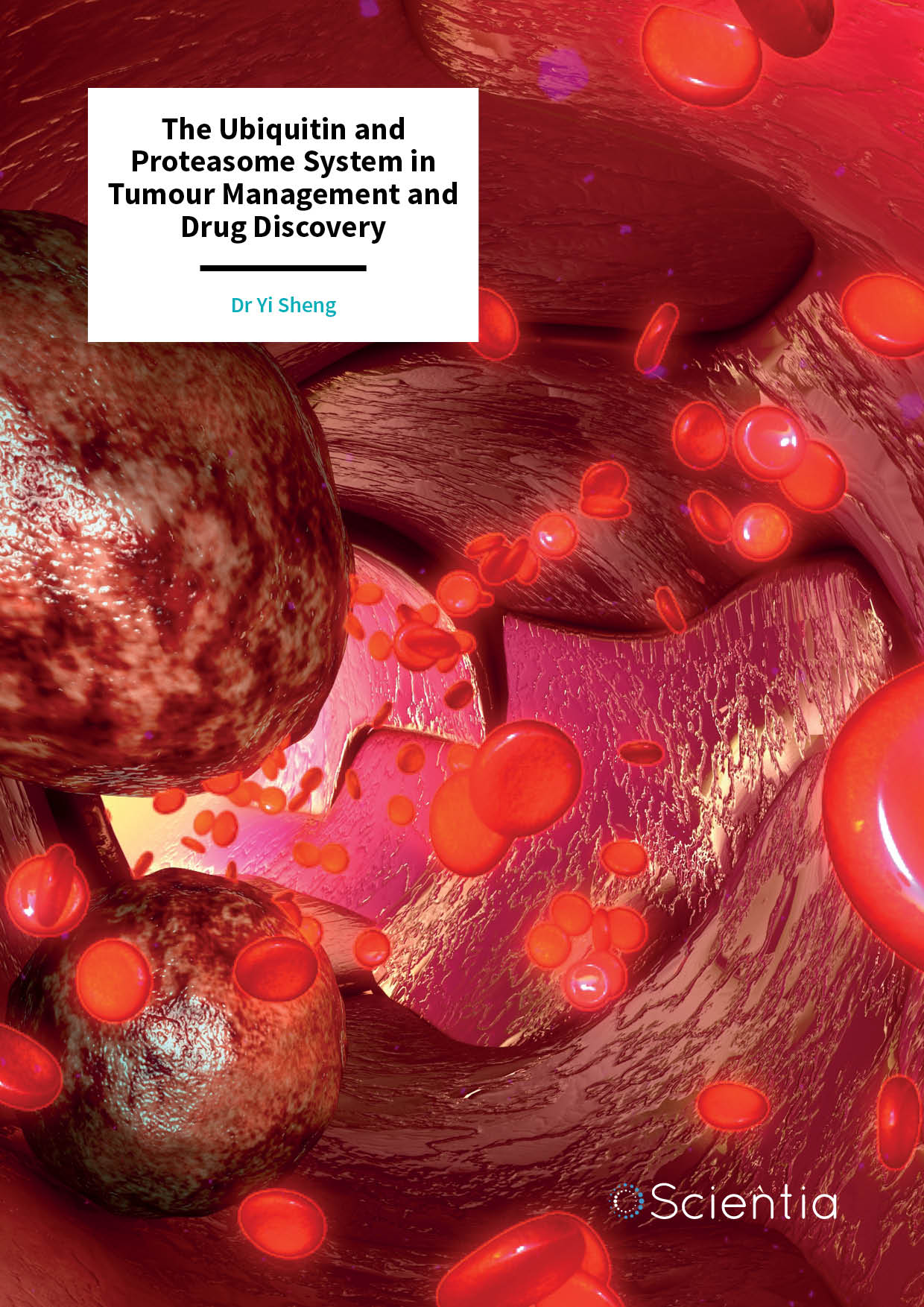
Dr Yi Sheng – The Ubiquitin and Proteasome System in Tumour Management and Drug Discovery
Ubiquitin is a polypeptide that is tagged on to various proteins to signal a range of biological processes. The alteration of the ubiquitin system plays a pivotal role in the pathogenesis of diseases including autoimmune disorders and cancer. The process of ubiquitinylation involves a cascade of enzymes, E1, the activating enzyme, E2 (conjugating enzymes) and E3 (ligases). Characterisation of the ubiquitinylation process of key proteins that impact stems cells, immune cells, and cancers is vital to identify therapeutic targets which may influence the progression of autoimmune conditions and cancers. The ubiquitin system is compromised in the majority of cancers and is the focus of research by Dr Yi Sheng of York University, Canada.
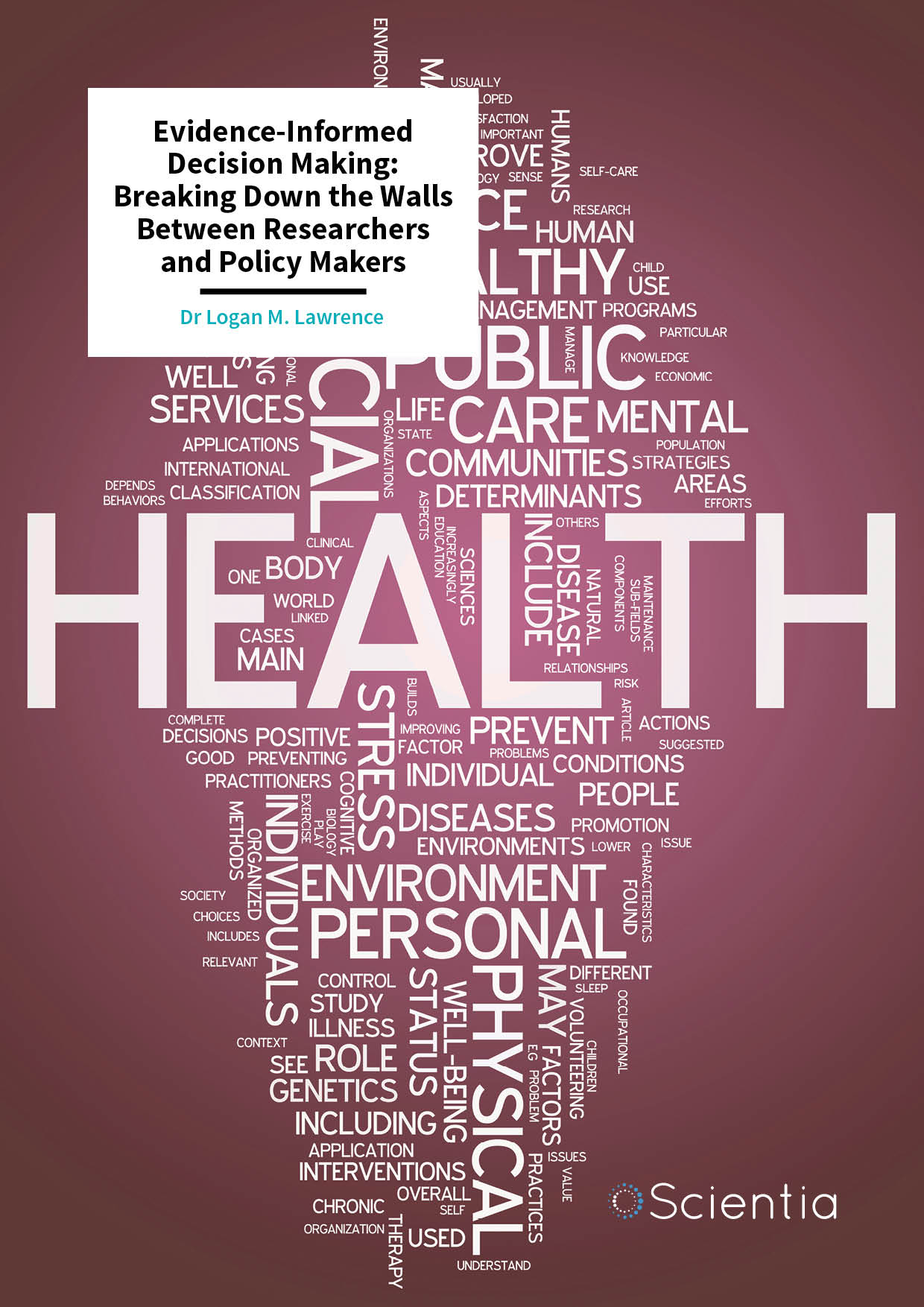
Dr Logan M. Lawrence – Evidence-Informed Decision Making: Breaking Down the Walls Between Researchers and Policy Makers
Anyone who has worked closely with government, be it local, national or international, will know the frustrations of trying to influence policy and decision makers. The ‘dark arts’ of the political analyst and the political lobbyist, particularly those that seem to succeed in having influence, remain a mystery to many. Dr Logan M. Lawrence at Dalhousie University, Nova Scotia, explores the concept of ‘policy capacity’ to try and understand, measure and operationalise the best approaches to assist and support policy makers to make ‘the right decisions’.
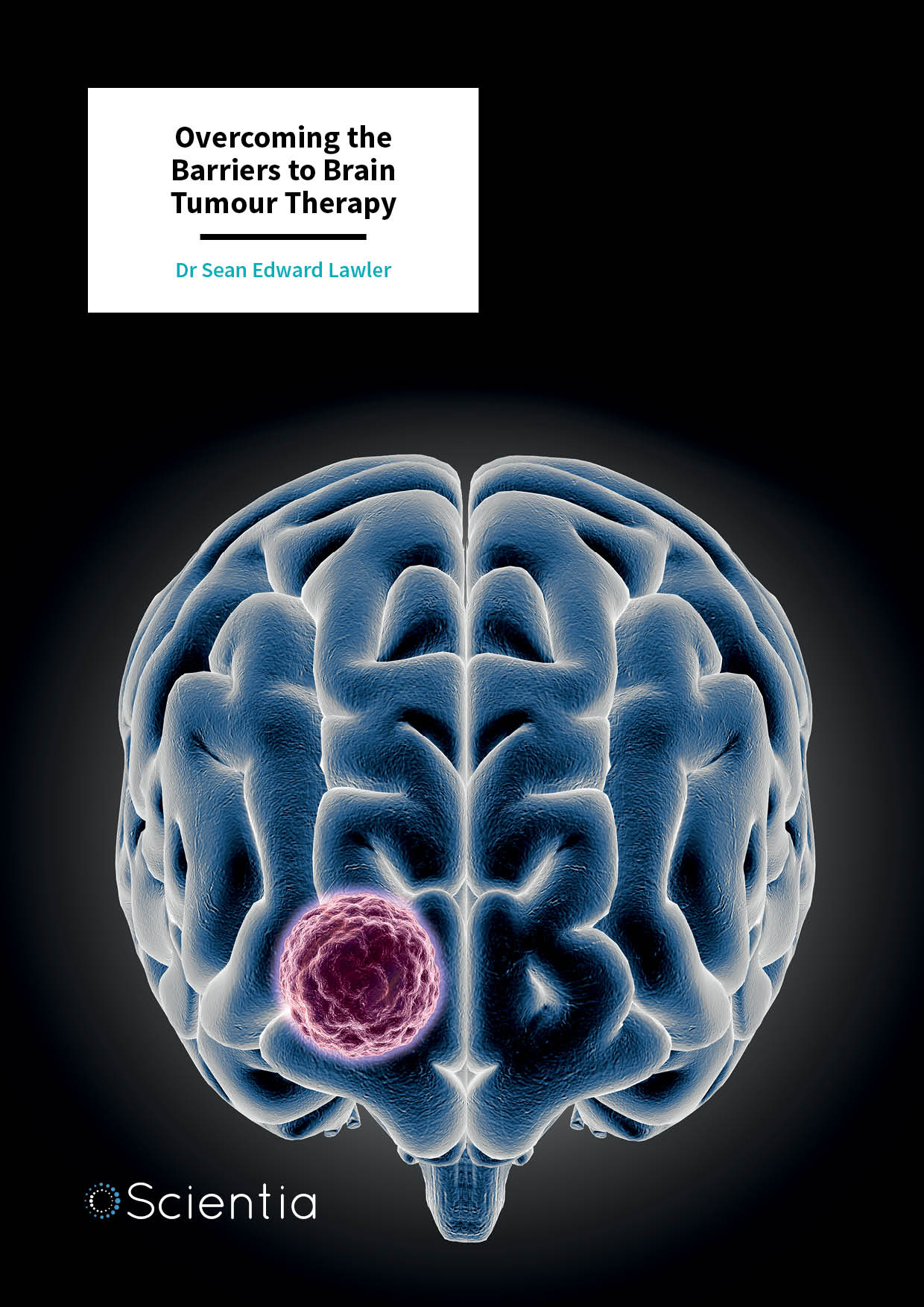
Dr Sean Lawler – Overcoming the Barriers to Brain Tumour Therapy
Brain tumours and other central nervous system diseases can be exceptionally difficult to treat. This is often due to the blood-brain barrier which can pose a significant obstacle when trying to get drugs to their intended site of action. Dr Sean Lawler and his team from Brigham and Women’s Hospital, Harvard Medical School are aiming to bridge the gap between laboratory research and clinical treatment in their quest to find new ways to effectively deliver therapies to the brain and treat challenging diseases, especially the lethal brain tumour glioblastoma.
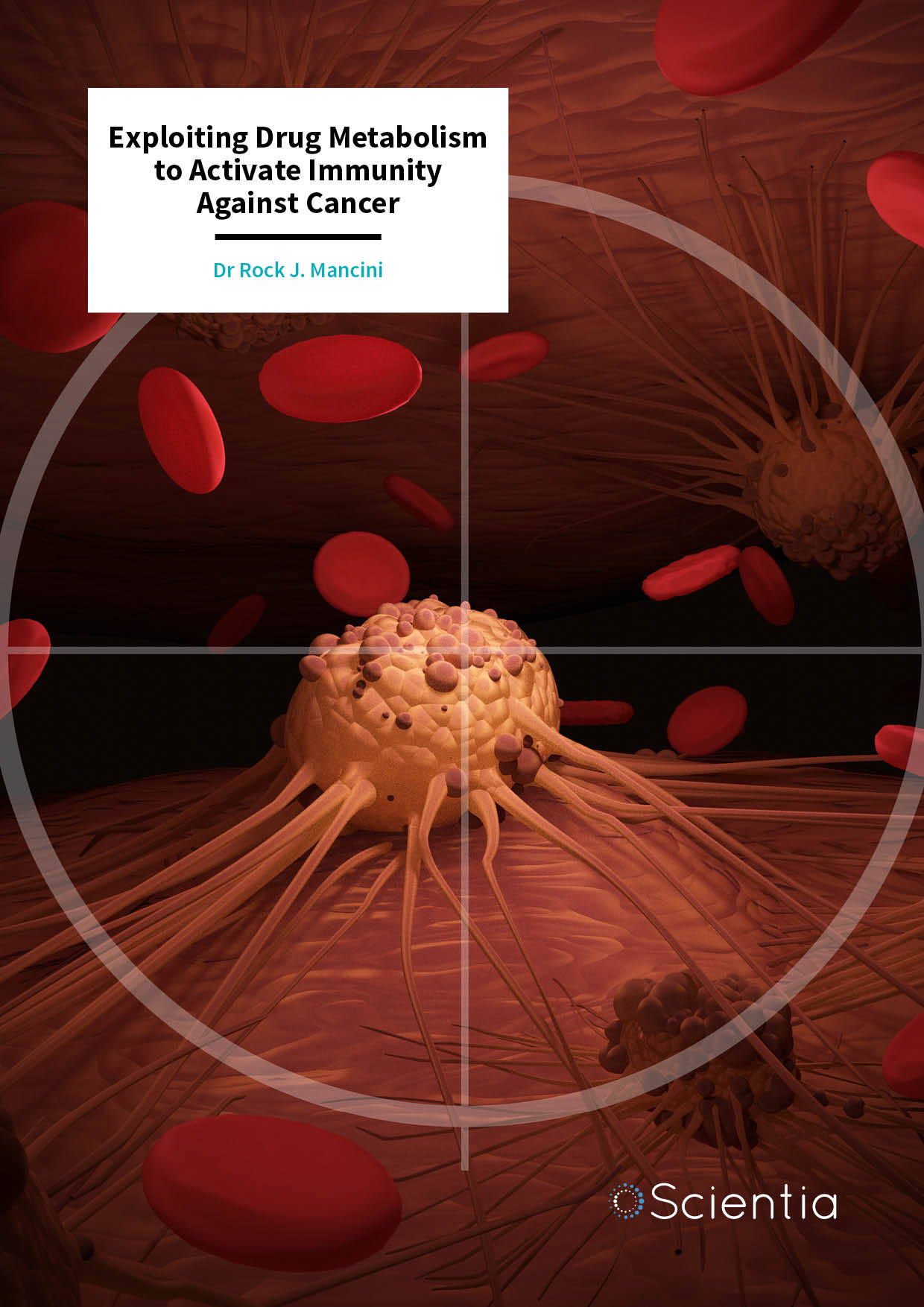
Dr Rock J. Mancini – Exploiting Drug Metabolism to Activate Immunity Against Cancer
Multidrug resistance is one of the main culprits underlying the failure of chemotherapy as a cancer treatment. Whilst many therapies are initially effective, a considerable proportion of patients eventually incur a poor prognosis and recurrence of malignant spread due to developing drug resistance at a later stage. Dr Rock J. Mancini, from Washington State University, has devised an approach that exploits proteins over-expressed in drug-resistant cancers to convert inactive prodrug substrates into active drugs that initiate an immune response targeted at cancer cells.
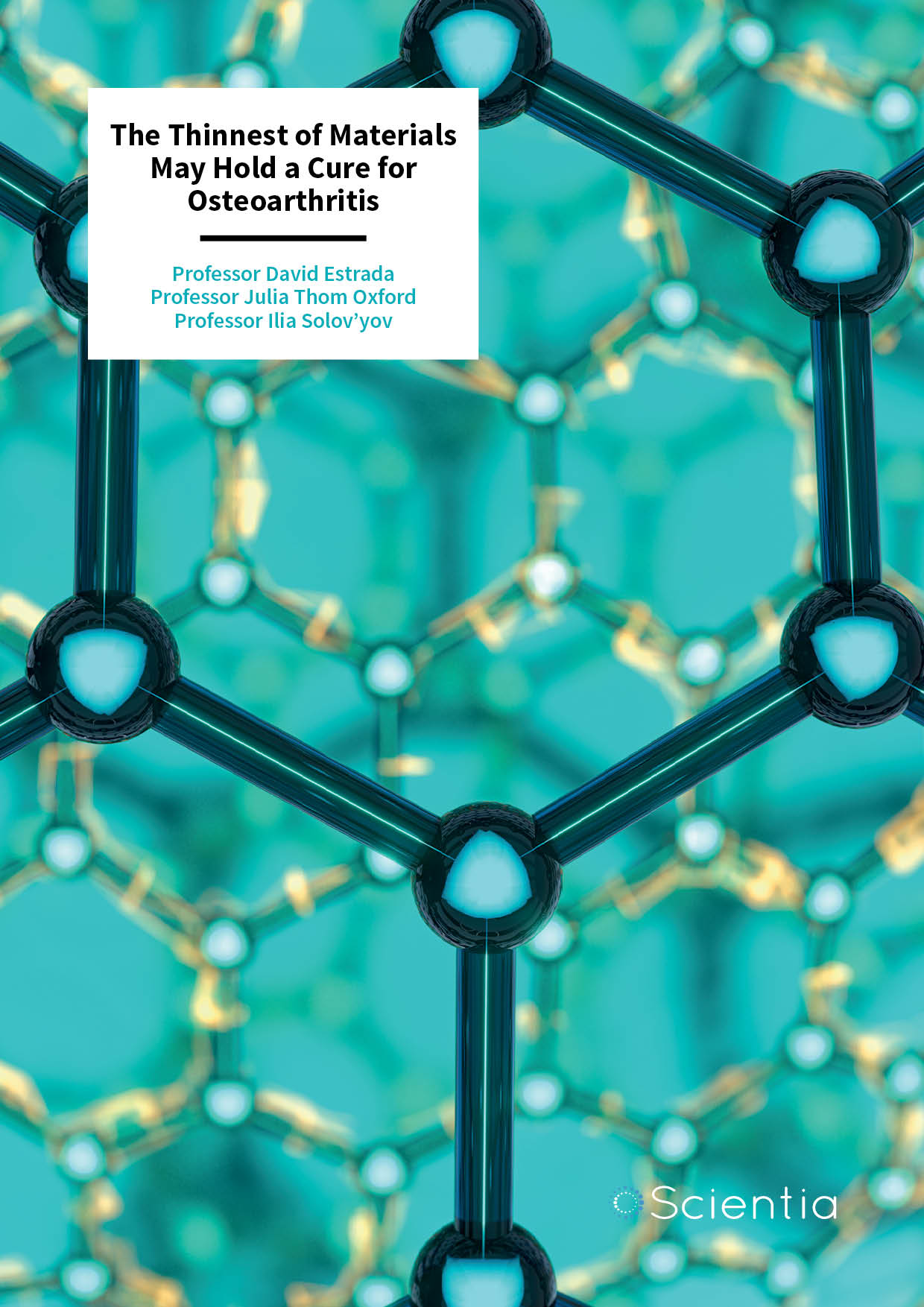
The Thinnest of Materials May Hold a Cure for Osteoarthritis
Since the turn of the century, a myriad of exciting applications for graphene have emerged. Amongst the most exciting might be its use as a scaffold for promoting tissue growth in the treatment of various medical conditions, including osteoarthritis. Researchers at Boise State University in the USA and Carl von Ossietzky University of Oldenburg in Germany are gaining a greater understanding of the interactions between graphene and cells, towards the development of implantable graphene-based devices that can rebuild damaged tissue.
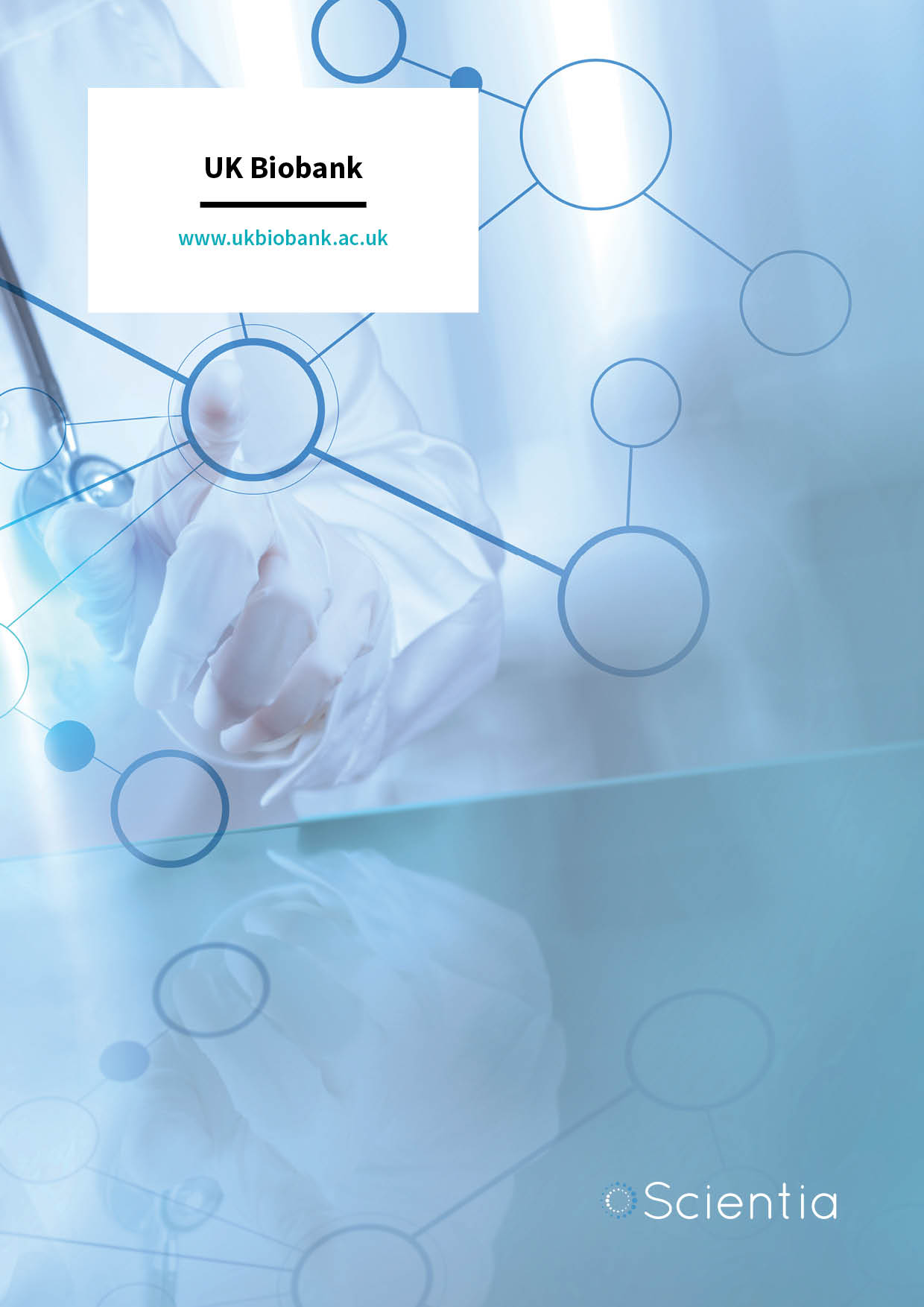
UK Biobank
UK Biobank is a large-scale biomedical database and research resource containing genetic, lifestyle and health information from half a million UK participants. The database, which is regularly augmented with additional data, is globally accessible to approved researchers and scientists undertaking vital research into the most common and life-threatening diseases. UK Biobank’s research resource is a major contributor to the advancement of modern medicine and treatment and has enabled several scientific discoveries that improve human health. In this exclusive interview, we speak with Professor Sir Rory Collins FMedSci FRS, Principal Investigator and Chief Executive of UK Biobank, to hear about the achievements to date and the ambitious and unique potential of this exciting project.
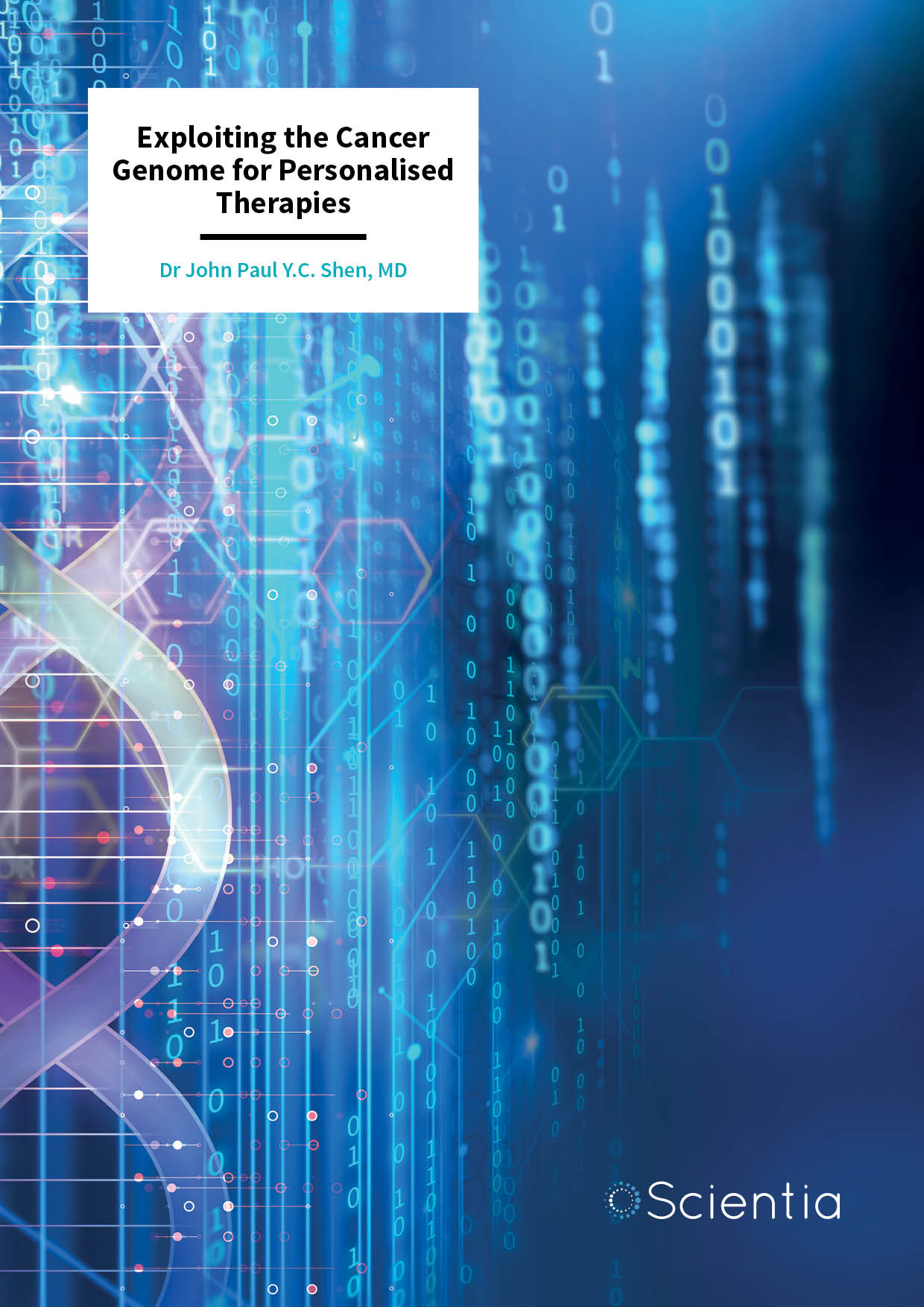
Dr John Paul Y.C. Shen – Exploiting the Cancer Genome for Personalised Therapies
The effectiveness of cancer treatments could be hugely improved by a greater understanding of the cancer genome. This is the focus of the work of Dr John Paul Y.C. Shen, MD, of the University of Texas MD Anderson Cancer Center, who is creating comprehensive molecular ‘maps’ of cancer cells and their interactions. Understanding cancer at a molecular level is the first step towards Dr Shen’s very real hope of bringing personalised cancer treatments into the clinic.
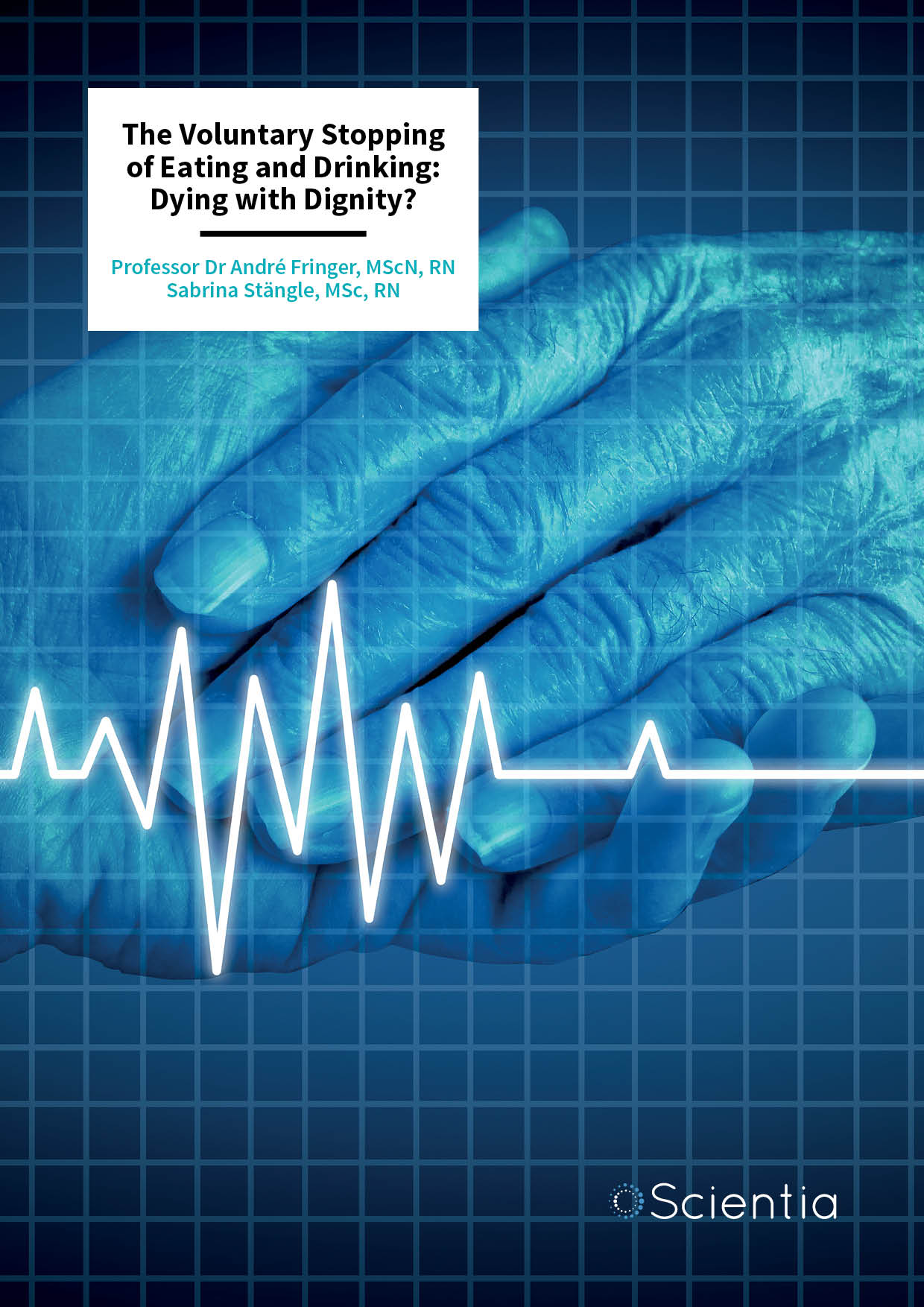
Professor Dr André Fringer | Mrs Sabrina Stängle – The Voluntary Stopping of Eating and Drinking: Dying with Dignity?
To die with dignity is a common wish but not one that is easily granted. Professor Dr André Fringer and Mrs Sabrina Stängle, both of the Zurich University of Applied Sciences, are investigating the voluntary stopping of eating and drinking (VSED) as a means to hasten death as an alternative to active euthanasia. Their work is driving forward our understanding of the medical and ethical ramifications of this practice.
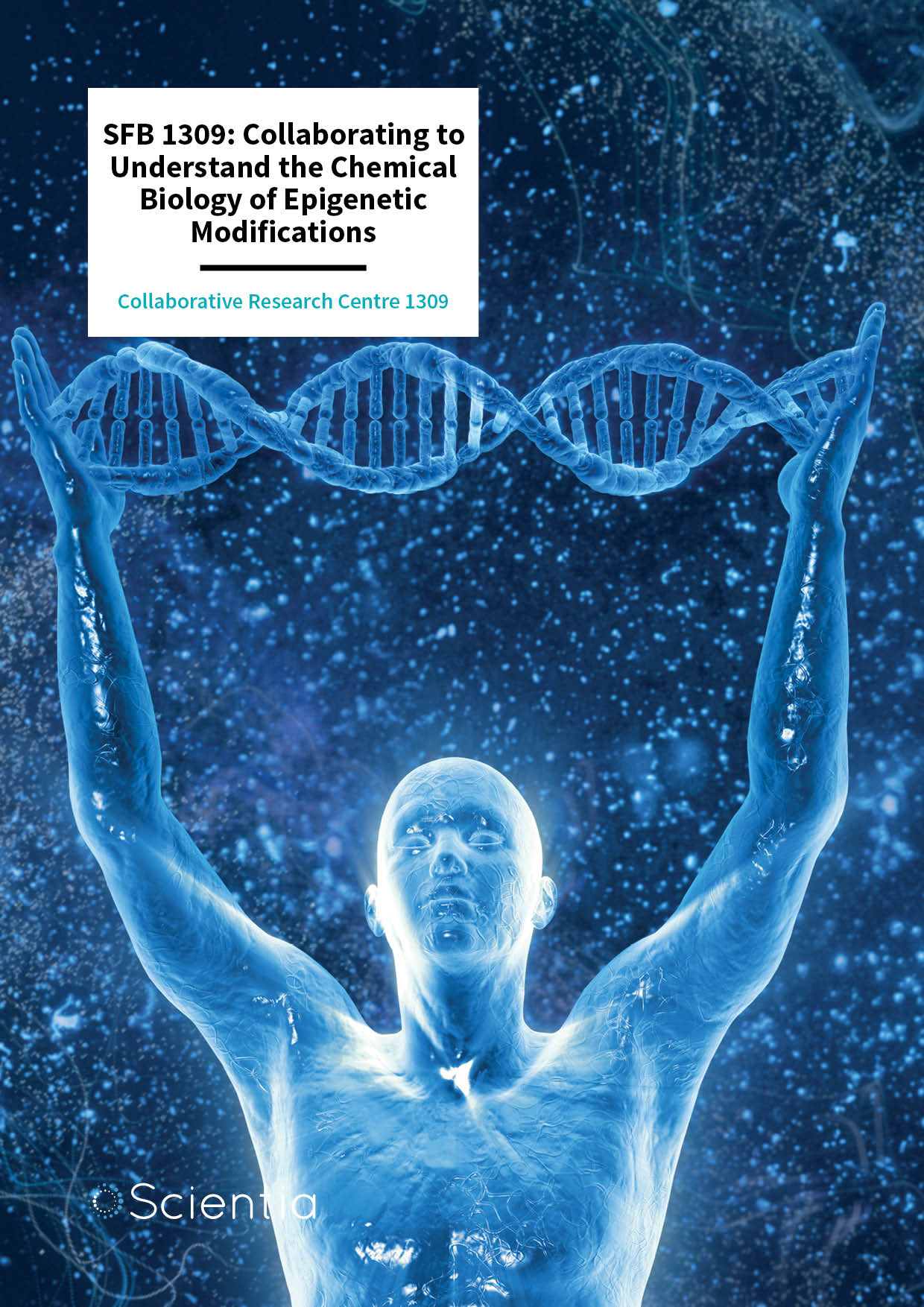
SFB 1309: Collaborating to Understand the Chemical Biology of Epigenetic Modifications
The discovery of DNA has been one of the most important findings of the last century, yet there is still much more to uncover about the ‘additional chemical layer’ brought about by the chemical modification of amino acids and nucleotide bases. A large collaboration of researchers at institutions across Germany, known as SFB 1309, is led by Professor Thomas Carell at the Ludwig-Maximilians University in Munich. A key focus of SFB 1309 is to elucidate the details of the second layer of information beyond the sequence layer of biochemical molecules called Watson-Crick bases within our DNA.
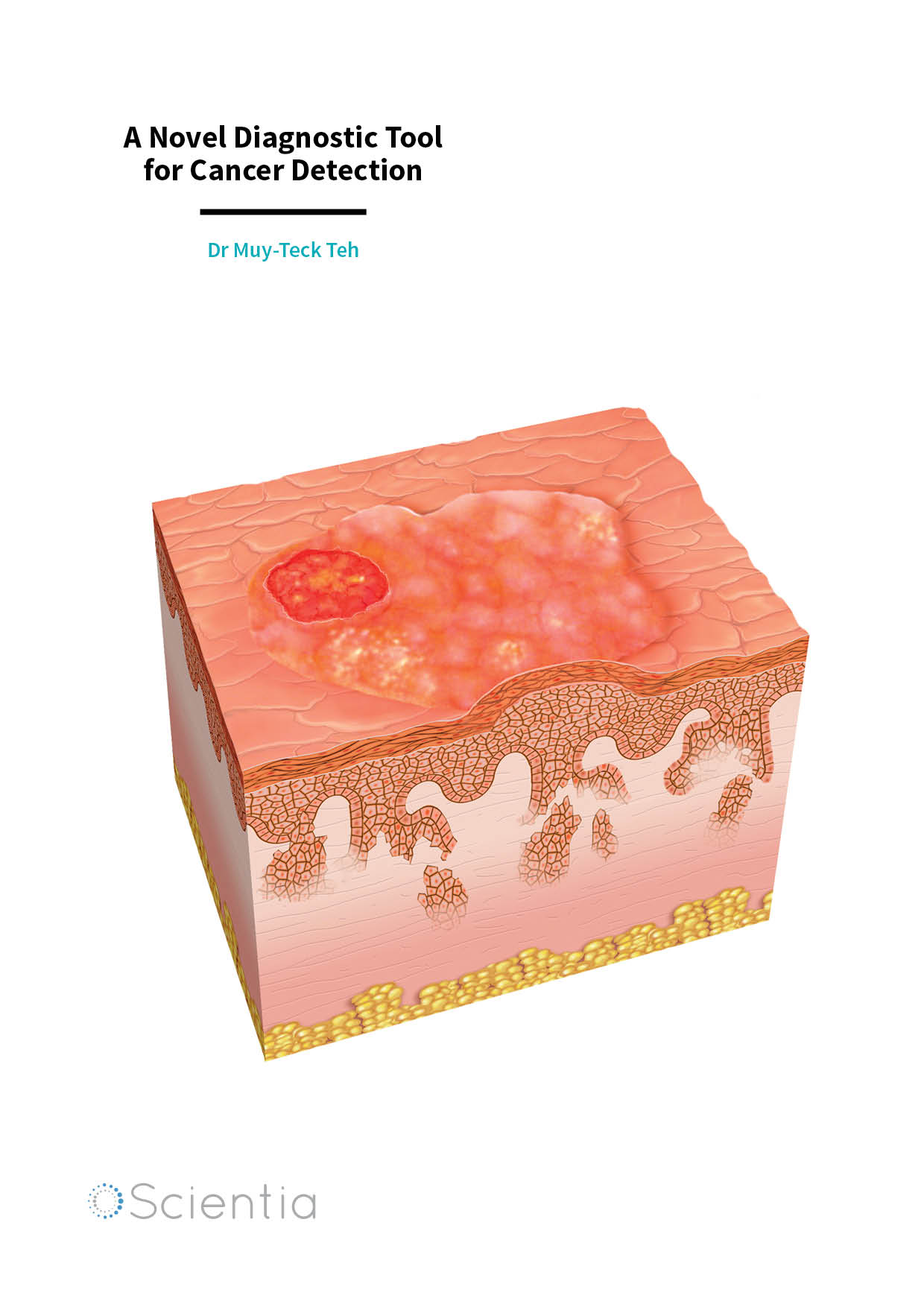
Dr Muy-Teck Teh – A Novel Diagnostic Tool for Cancer Detection
Head and neck squamous cell carcinoma (HNSCC) constitutes around 90% of all head and neck cancers. Millions of individuals are diagnosed across the globe every year, very often too late and with poor prognosis. Among other factors, alcohol consumption and smoking increase the risk to develop HNSCC. Dr Muy-Teck Teh, from Queen Mary University of London, is driving forward our understanding of the factors leading to cancer, leading the development of novel less invasive detection methods, and progressing better therapeutic options.
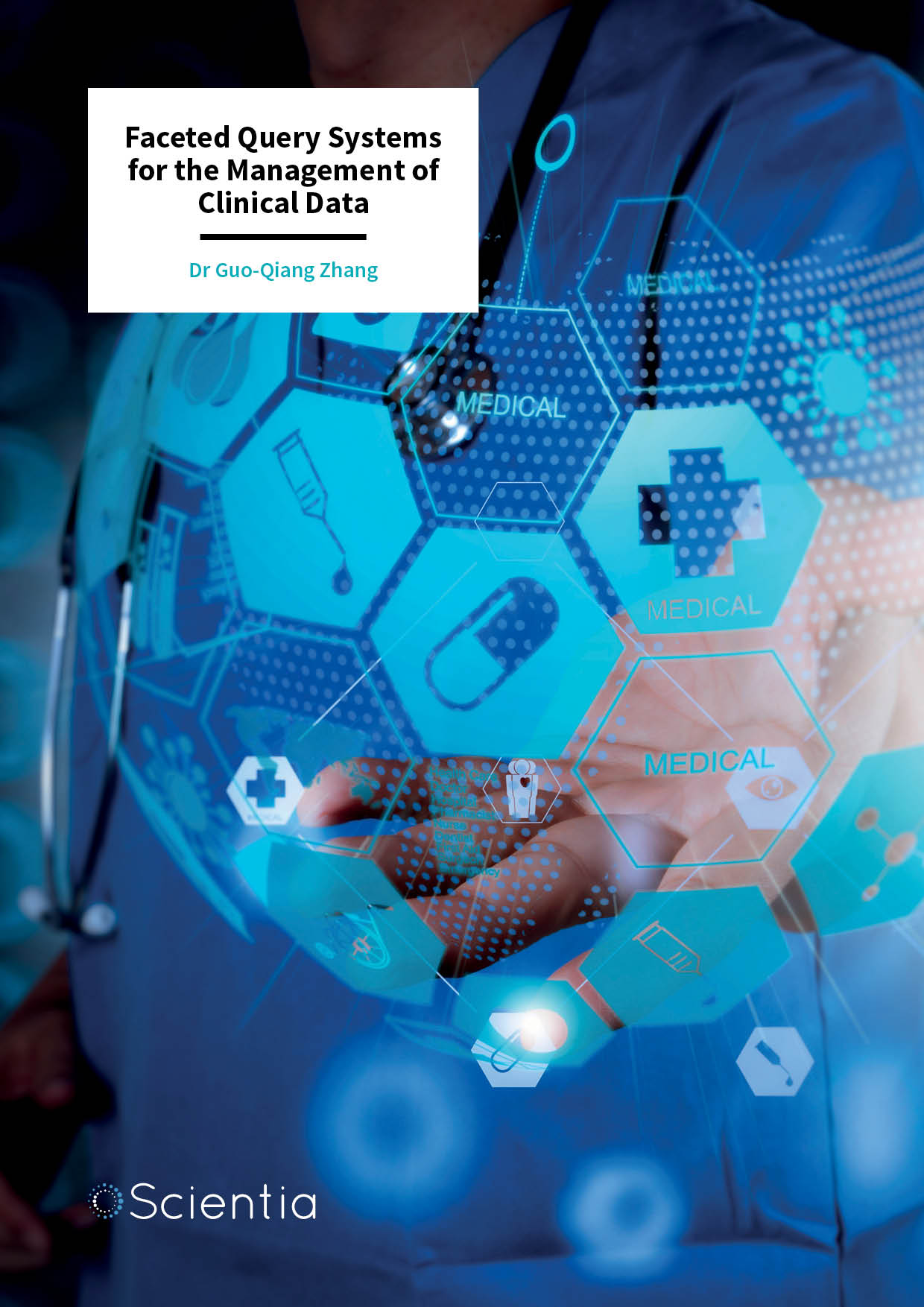
Dr Guo-Qiang ‘GQ’ Zhang – Faceted Query Systems for Interrogating Clinical Data
Scientists and clinicians rely on data to inform their practice and make decisions in a variety of medical settings. For data to be meaningful they need to be translated into actionable information and interpreted by the user. Access to a sheer amount of data can, in itself, pose a challenge. Dr Guo-Qiang ‘GQ’ Zhang from the University of Texas Health Science Center at Houston (UTHealth) has developed several innovative systems that provide a user-friendly interface for handling large-scale, multi-centre clinical data.
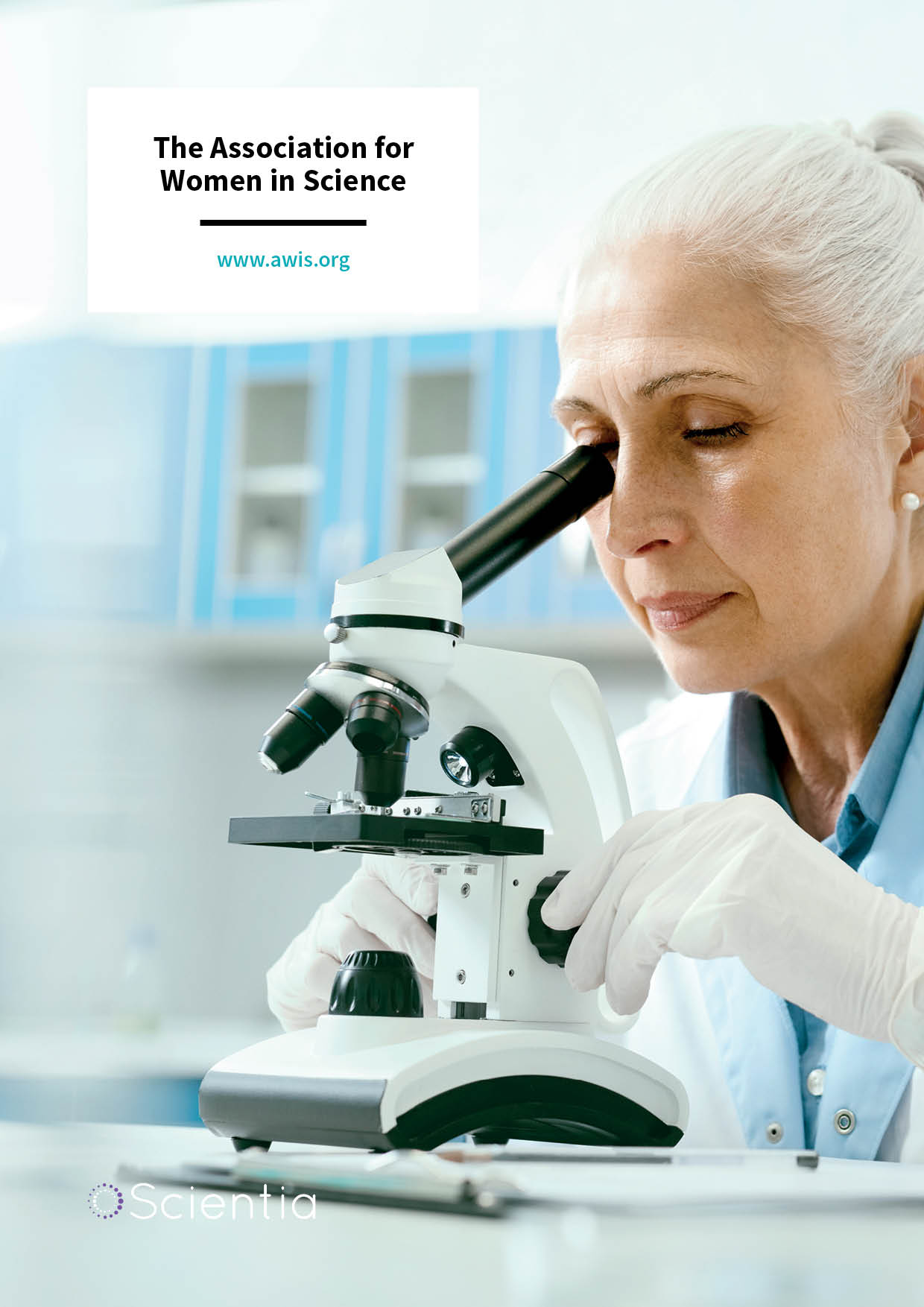
The Association for Women in Science
Founded almost 50 years ago, the Association for Women in Science (AWIS) is a global network that inspires bold leadership, research, and solutions that advance women in STEM, spark innovation, promote organisational success, and drive systemic change. In this exclusive interview, we speak with AWIS president and world-renowned biomedical innovator Dr Susan Windham-Bannister, who describes the barriers that women face in the STEM workplace, and the many ways in which AWIS supports women in science and works towards eliminating inequality through systemic change.
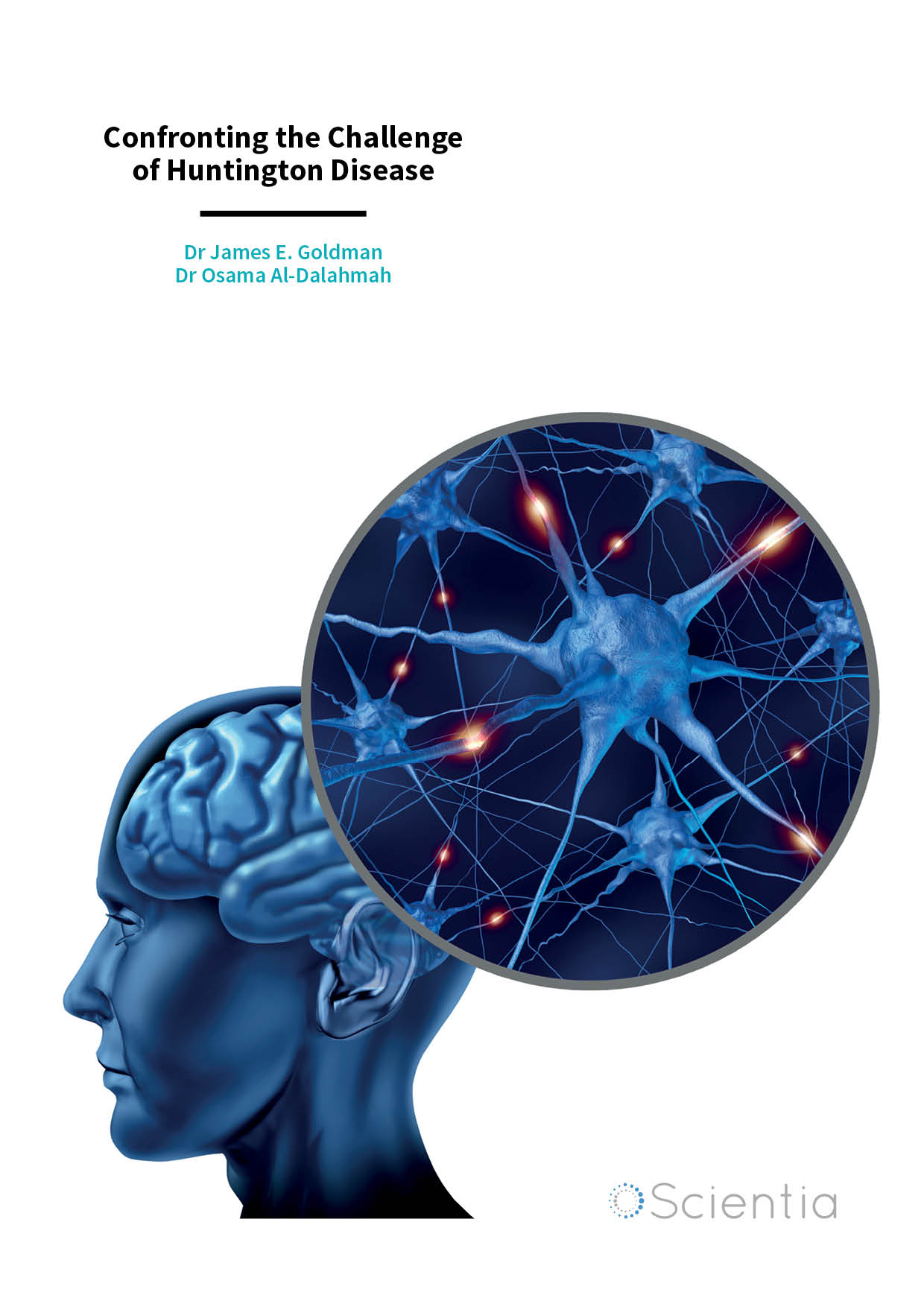
Dr James E. Goldman | Dr Osama Al-Dalahmah – Confronting the Challenge of Huntington Disease
Huntington disease (HD) is an inherited and progressive neurological disorder which is currently fatal. Dr James E. Goldman and Dr Osama Al-Dalahmah, both at Columbia University, USA, are utilising new techniques in molecular biology to better understand the brain pathology associated with HD. Their vision is to develop therapeutics that can slow the progression of the disease, and ultimately, treat and even prevent it.
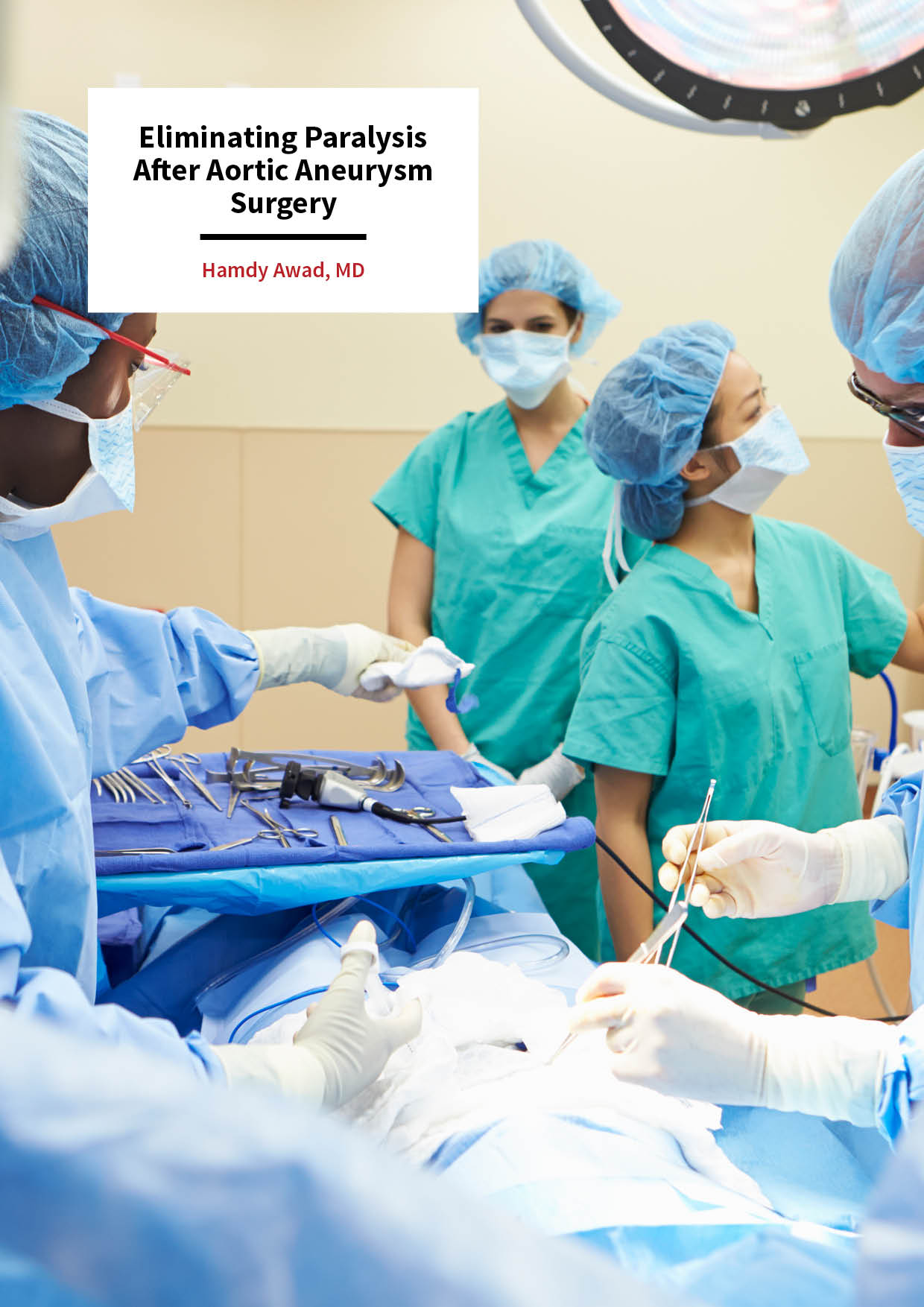
Dr. Hamdy Awad – Eliminating Paralysis After Aortic Aneurysm Surgery
Ruptured and dissected aneurysms are medical emergencies that can have fatal consequences. There are two main surgical procedures to repair a ruptured aneurysm: open surgery and endovascular aneurysm repair. Unfortunately, both methods present a risk of developing spinal cord injury and paralysis. In addition, patients who develop paralysis after surgery have a significantly lower survival rate compared to non-paralysed patients. Dr. Hamdy Awad at The Ohio State University has spent most of his academic career focusing on the development of preclinical small and large animal models to understand the mechanisms of ischaemic spinal cord injury and discovery of novel therapeutics to prevent paralysis after aortic aneurysm surgery.
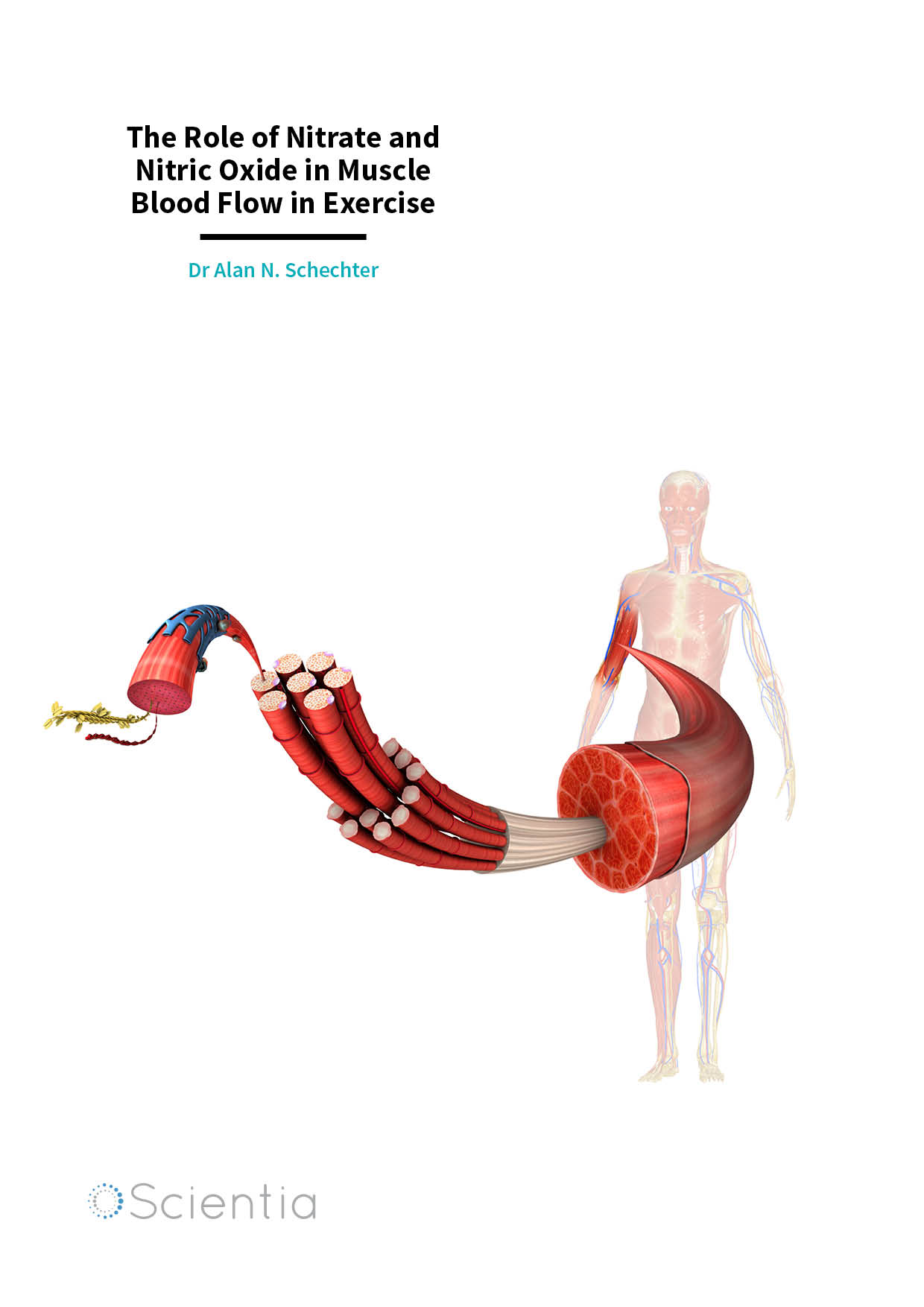
Dr Alan N. Schechter – The Role of Nitrate and Nitric Oxide in Muscle Blood Flow in Exercise
Nitric oxide is an ‘A-list’ celebrity amongst chemical compounds. Proclaimed ‘molecule of the year’ in 1992 by the American Association for the Advancement of Science, its physiological importance, discovered in 1985, was recognised in 1998 by the award of a Nobel prize to some of the researchers who had discovered its vital role in regulating blood vessels and blood pressure. Here we look at the pre-eminent work of Dr Alan N. Schechter at the National Institutes of Health in Bethesda, Maryland, USA, that is continuing to keep nitric oxide at the front and centre of groundbreaking biological research.
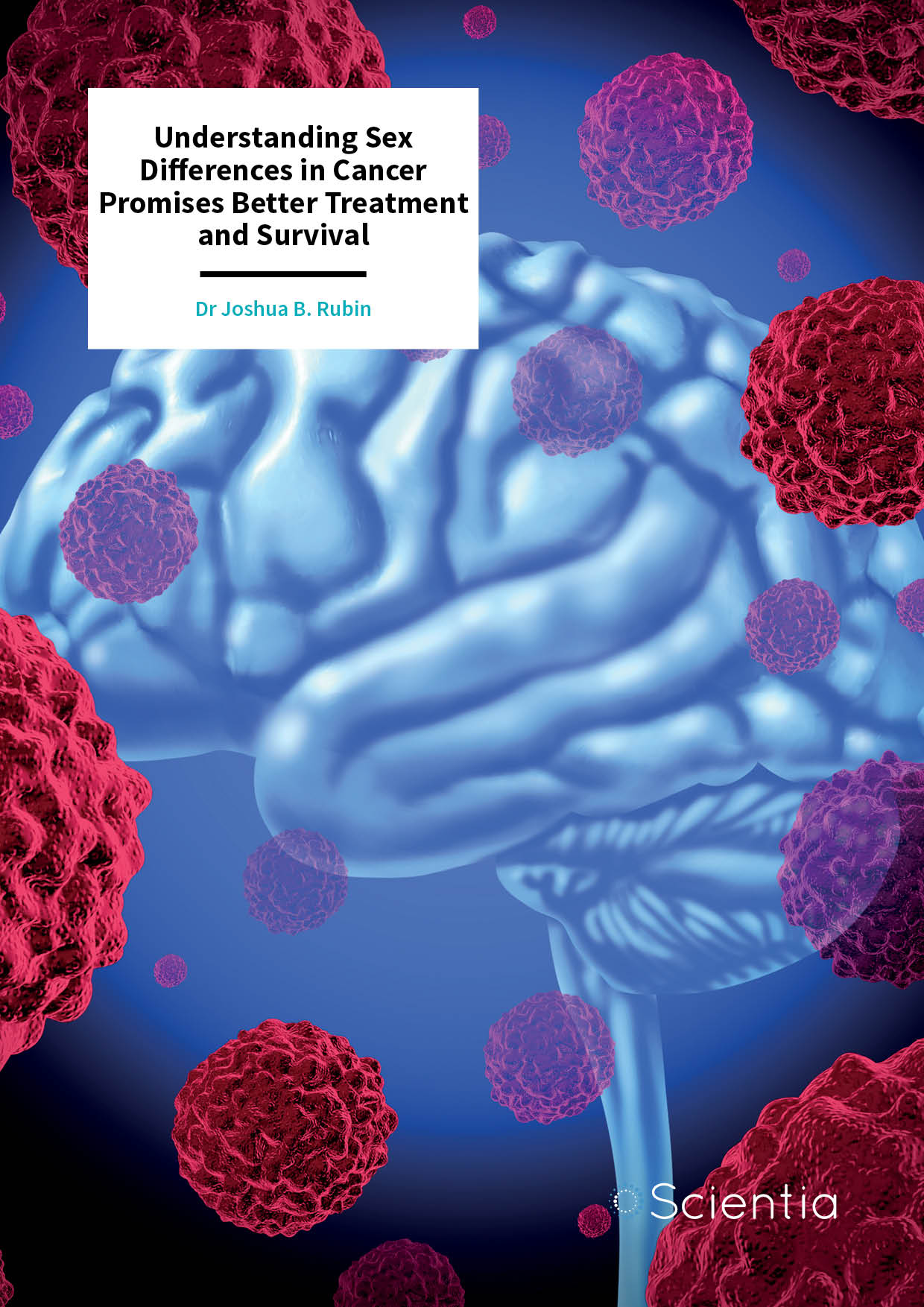
Dr Josh Rubin – Understanding Sex Differences in Cancer Promises Better Treatment and Survival
Differences in the prevalence and survival of male and female cancer patients have long been acknowledged but not well understood. Dr Josh Rubin (Departments of Paediatrics and Neuroscience at Washington University) and his collaborators have been the first to identify sex-specific differences in malignant transformation. This evidence will help to optimise sex-specific approaches to cancer treatment and contribute to the improvement of the outcomes and survival of cancer patients.

Neuroscience Ireland
Neuroscience Ireland (NI) was established in 2005 as Ireland’s National Neuroscience Society, and is a registered charity in the Republic of Ireland. NI has a membership in the region of 200 scientists and clinicians, and represents Ireland on the Governing Council of the Federation of European Neuroscience Societies. In this exclusive interview, we speak with Professor Áine Kelly, President of NI, to hear about their vital work driving forward excellence in neuroscience in Ireland and internationally.
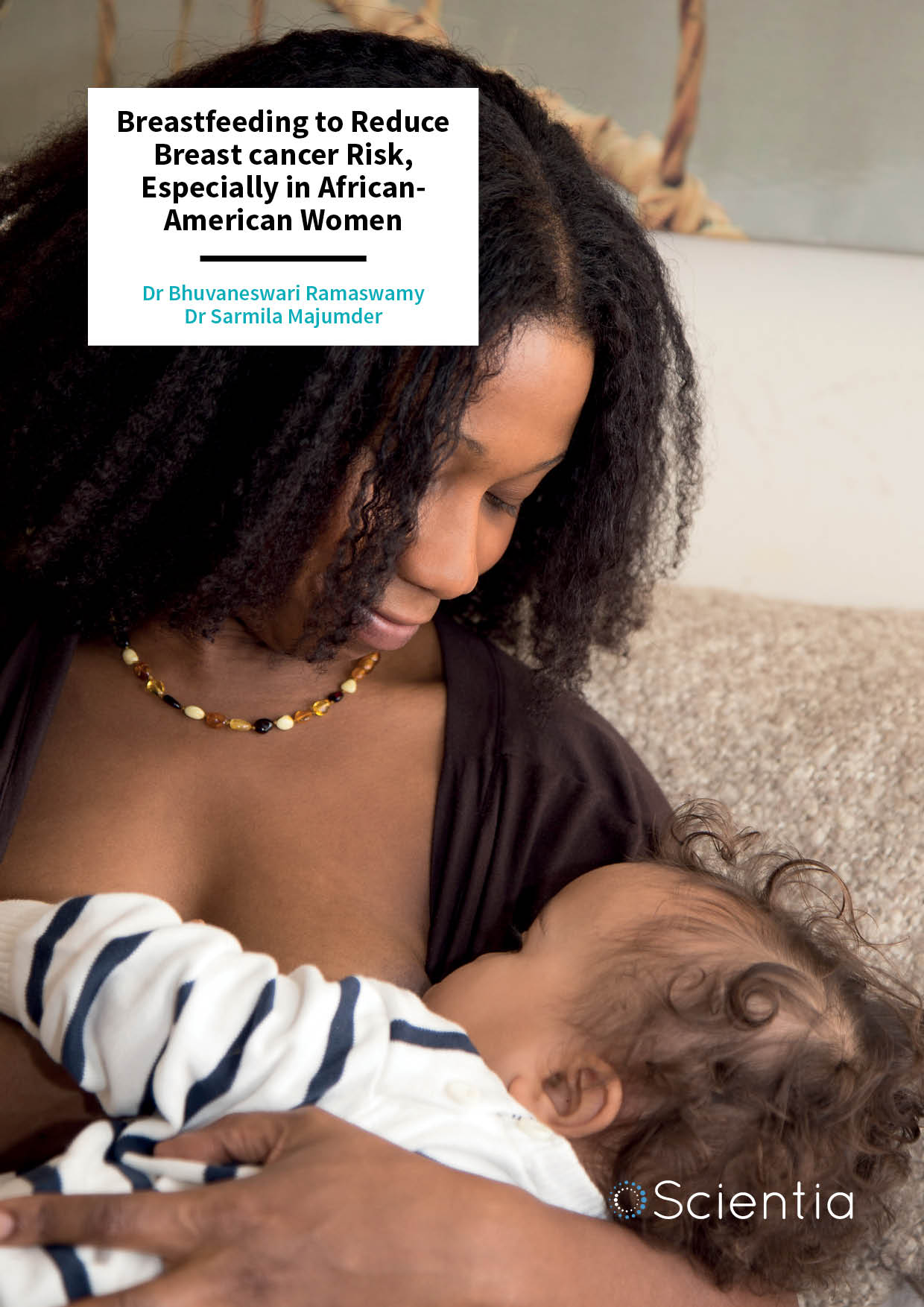
Dr Bhuvaneswari Ramaswamy | Dr Sarmila Majumder – Breastfeeding to Reduce Breast cancer Risk, Especially in African-American Women
Breastfeeding is widely accepted as being the best option for babies’ health and development. Dr Bhuvaneswari Ramaswamy, working with Dr Sarmila Majumder at Ohio State University Comprehensive Cancer Centre, USA, notes that breastfeeding also has long-term benefits for mothers, particularly in reducing their future breast cancer risk. Here, we explore their work to understand the connection between breastfeeding and cancer and how to reduce the risks for a particularly vulnerable population.
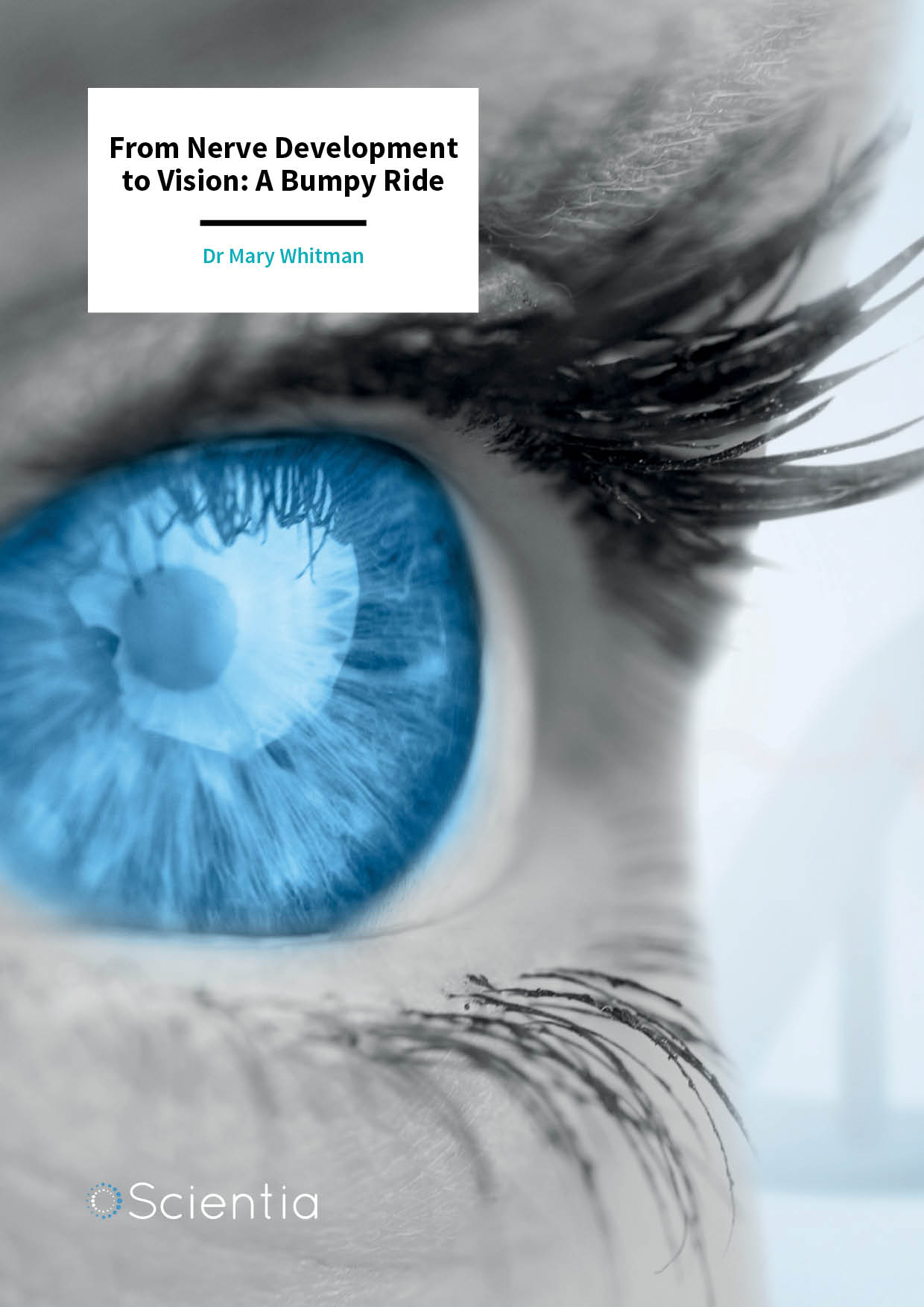
Dr Mary Whitman – From Nerve Development to Vision: A Bumpy Ride
The eye movement disorders strabismus (characterised by eye misalignment) and nystagmus (characterised by involuntary oscillation of the eyes) together affect up to 5% of the population and have a detrimental impact on vision. These disorders also impact on facial appearance and social interaction, which may, in turn, lead to psychological difficulties. Dr Mary Whitman, at the Boston Children’s Hospital, USA, is working to understand the genetic causes and neurological mechanisms underlying eye movement disorders to improve treatment and, ultimately, prevent their onset.

Dr Bertrand Lebouche – Empowering People Living with Human Immunodeficiency Virus and Other Patients Using mHealth
The healthcare system can sometimes be puzzling, and even unwelcoming, for people with chronic, complex, or multiple conditions. Many must spend long hours in waiting rooms, try to make sense of complicated scientific information, and book and attend multiple clinic appointments with clinicians from different specialities. Remaining up to date on patients’ health data can be a challenge for healthcare professionals as well. Here, we present the critical work of Dr Bertrand Lebouché and his team at the McGill University Health Centre, who are seeking solutions in smartphone-based applications relevant to both patients and healthcare professionals.
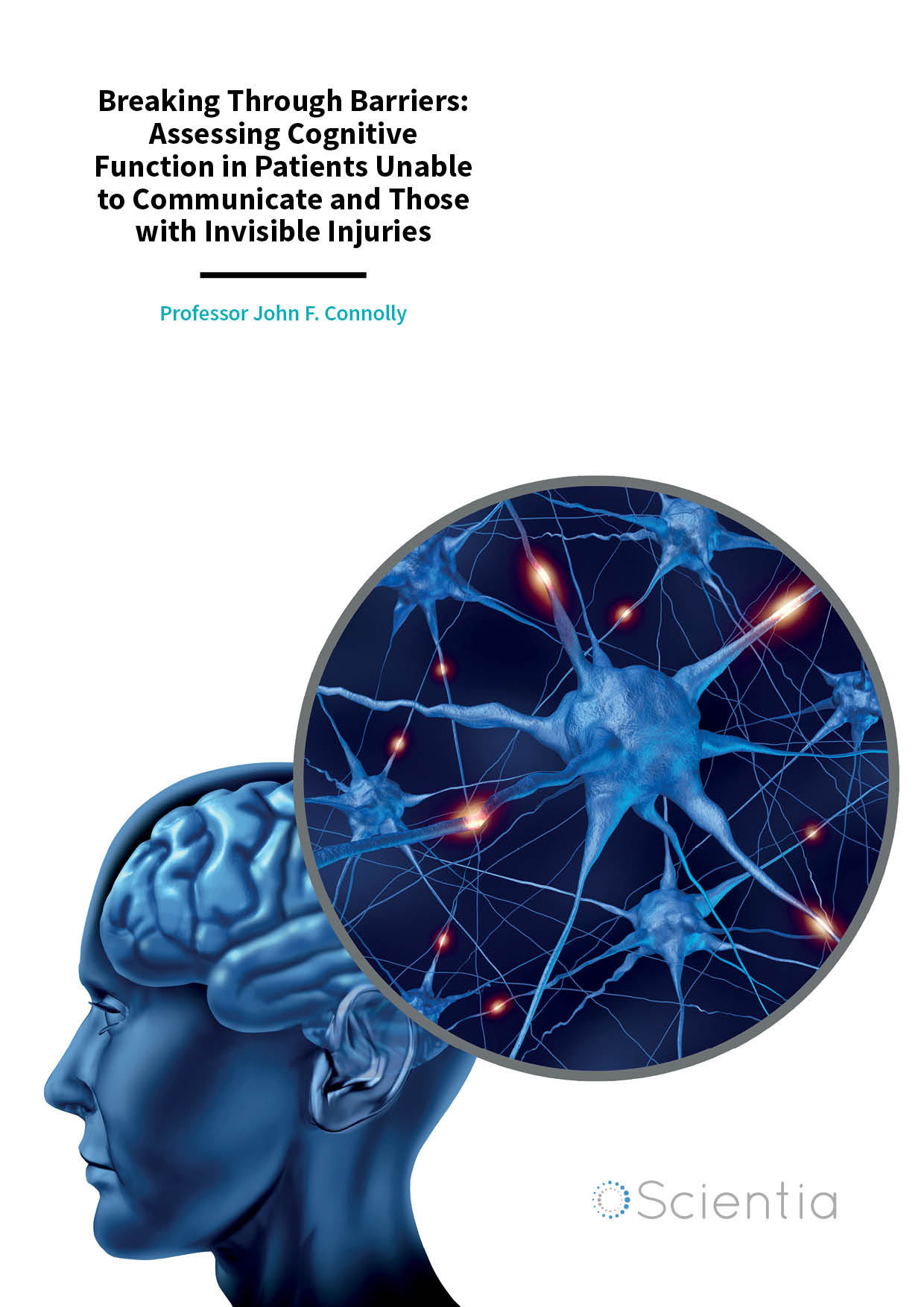
Professor John F. Connolly – Breaking Through Barriers: Assessing Cognitive Function in Patients Unable to Communicate and Those with Invisible Injuries
When assessing an individual’s cognitive functioning (such as memory and sense of orientation to the environment) traditional strategies have relied on verbal and behavioural responses. But how can this be achieved if a patient is unable to communicate in this way due to impairment arising, for example, from brain injury? Professor John F. Connolly, Director of the ARiEAL Research Centre at McMaster University, Canada, and Co-Founder and Chief Science Officer at VoxNeuro, has developed an innovative neurotechnology to assess cognitive functioning in individuals that does not rely on verbal or behavioural responses.
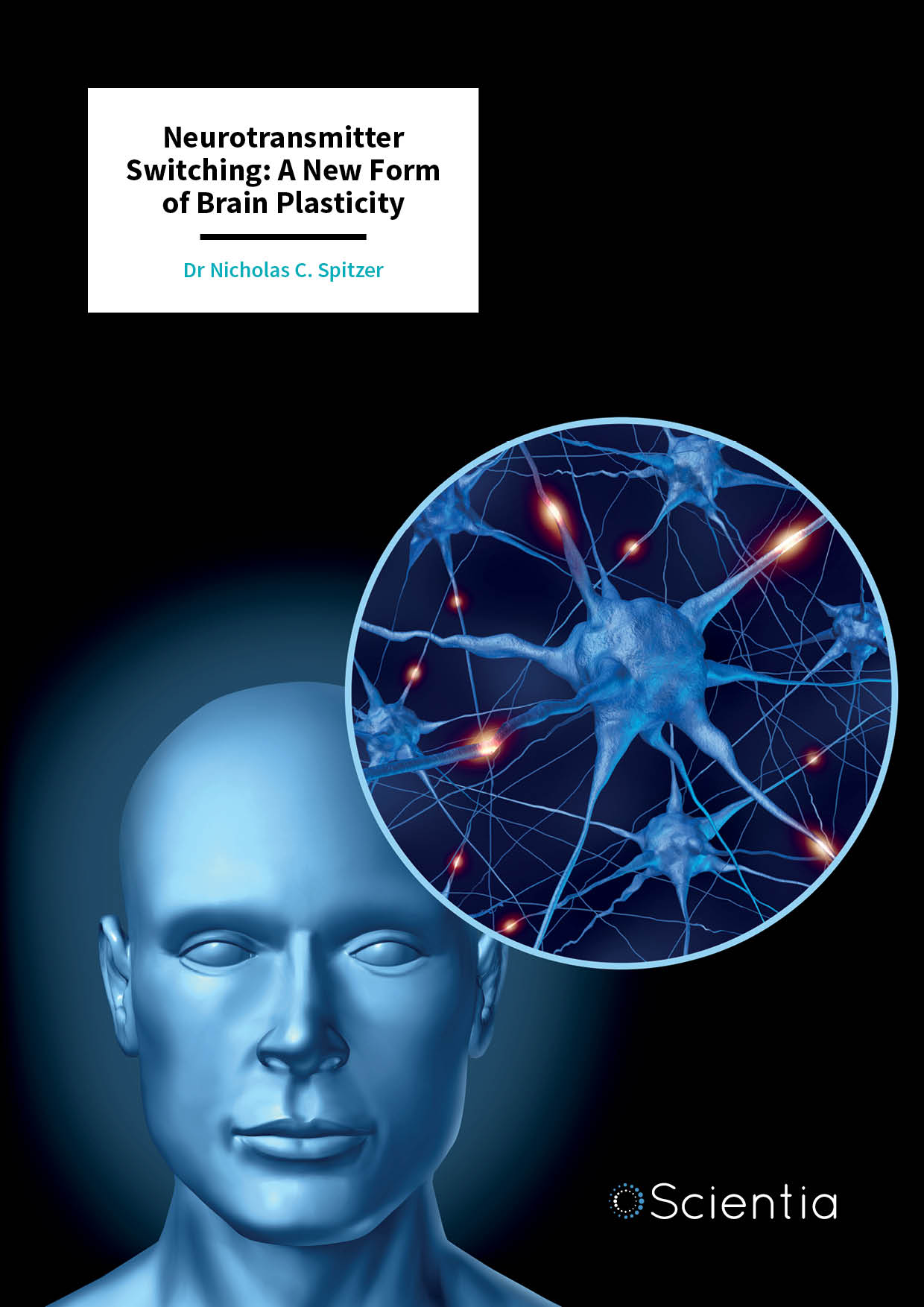
Dr Nicholas Spitzer – Neurotransmitter Switching: A New Form of Brain Plasticity
The discovery that the brain can change and reorganise itself revolutionised our understanding of neuroscience. Termed neuroplasticity, the field has seen an explosion of interest. An exciting form of plasticity has now been identified, in which neurons change their chemical communicator in response to environmental stimuli. Dr Nicholas Spitzer of the University of California, San Diego and his colleagues are looking to understand what causes this, what the effects are, and whether we can harness this exciting new facet of neurobiology to develop novel therapeutics for neurologic and psychiatric disorders.
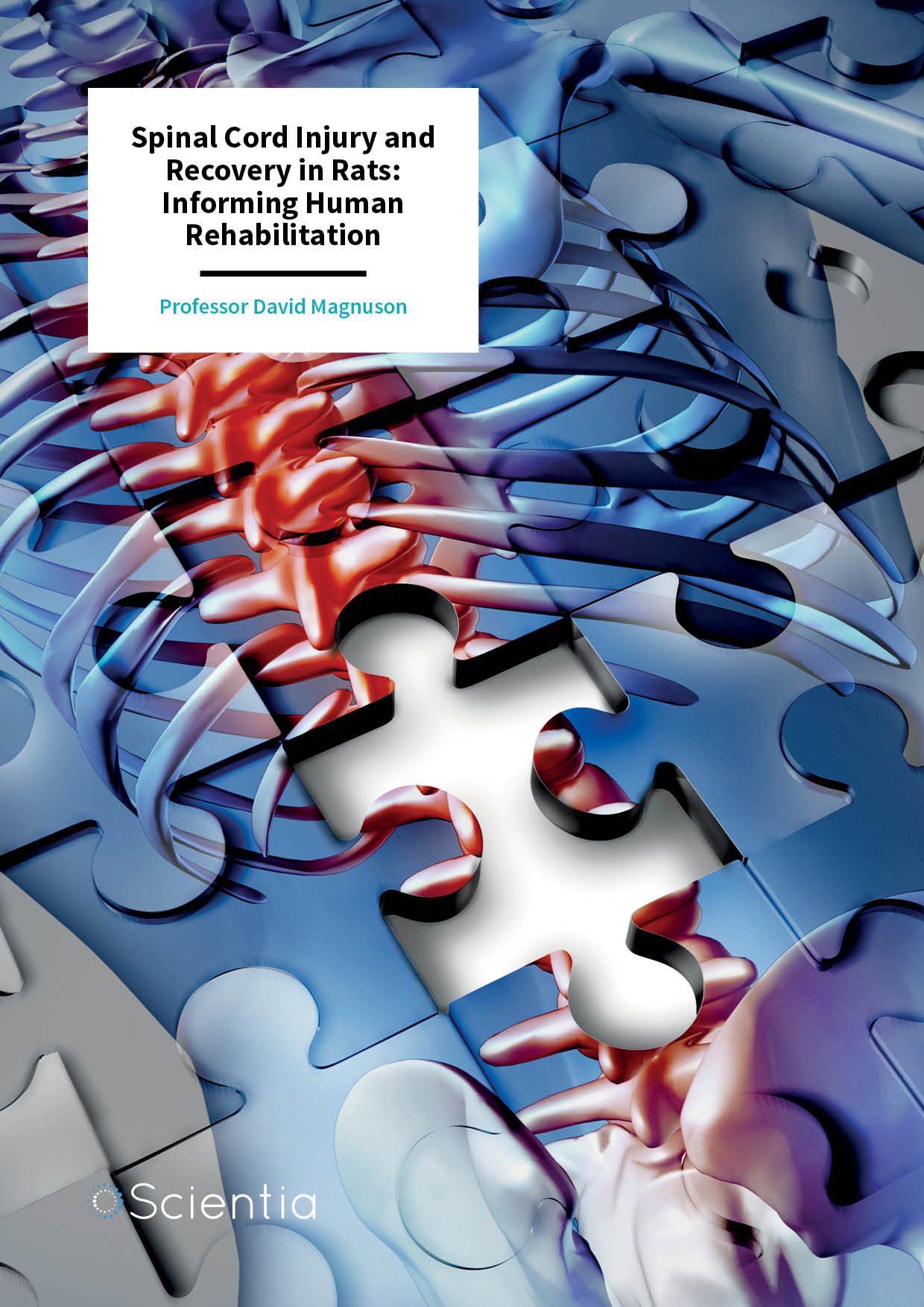
Professor David Magnuson – Spinal Cord Injury and Recovery in Rats: Informing Human Rehabilitation
Professor David Magnuson, at the University of Louisville, Kentucky, describes himself as ‘a CPG guy’ and occasionally, more informally as ‘a rat guy!’ His work on the function of the central pattern generator (CPG) in the rat spinal cord following spinal cord injury, has produced both surprising and thought-provoking results. This research may ultimately challenge the established clinical beliefs and practices around the ways to best rehabilitate human patients with severe spinal cord injury.
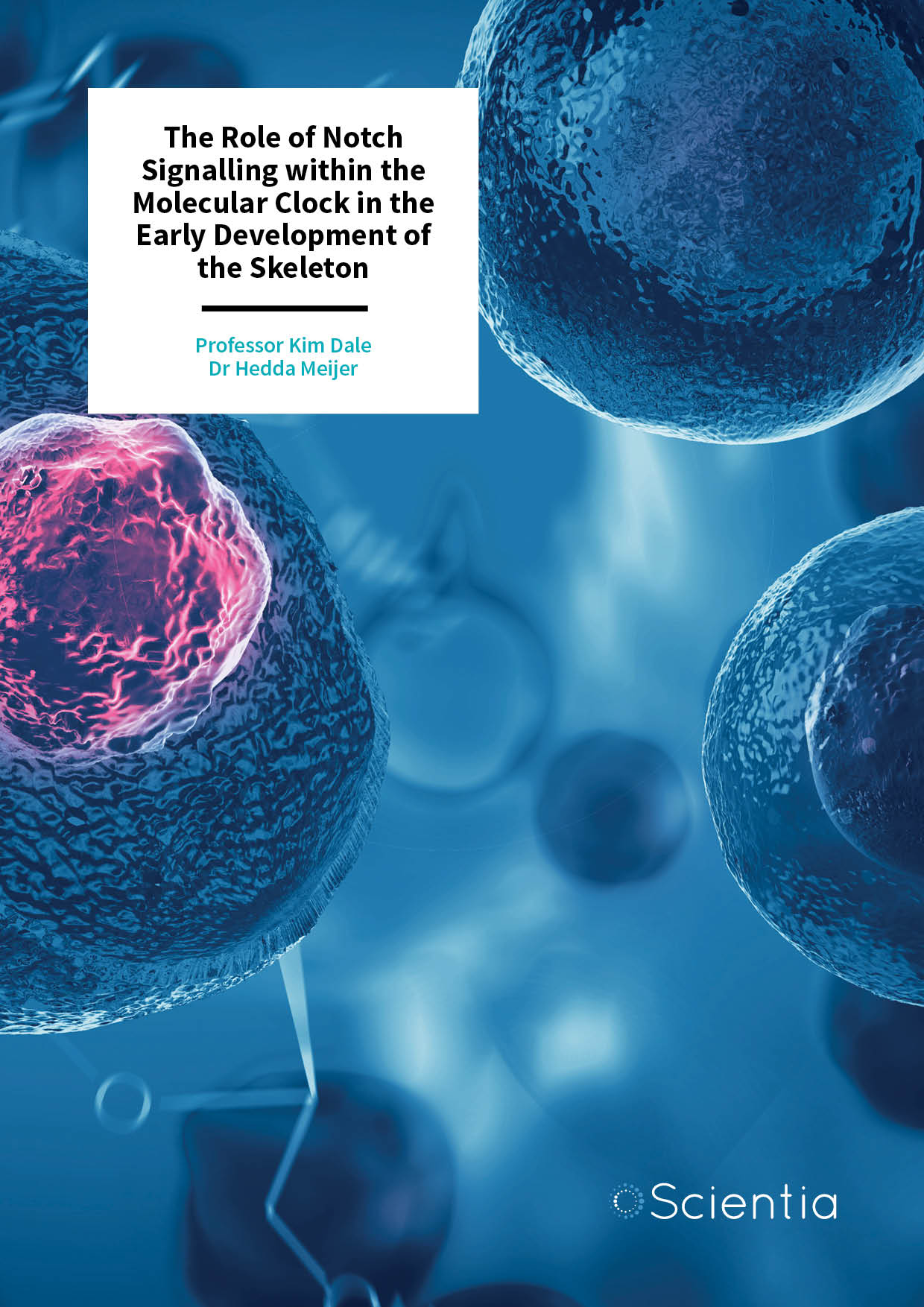
Professor Kim Dale | Dr Hedda Meijer – The Role of Notch Signalling within the Molecular Clock in the Early Development of the Skeleton
Cells possess the ability to interact with one another through complex signalling pathways. Different signals regulate how cells differentiate, undergoing modifications that ultimately allow them to adopt different cell fates and perform specific functions. The laboratory of Professor Kim Dale from the University of Dundee, Scotland, has made seminal contributions to our understanding of how the Notch signalling pathway controls the formation of tissues and organs in the earliest stages of development. Their important research has unveiled new insights into the molecular basis of Notch signalling in the context of normal development which will further our understanding of the molecular basis of developmental disorders and a multitude of diseases correlated with aberrant Notch signalling.
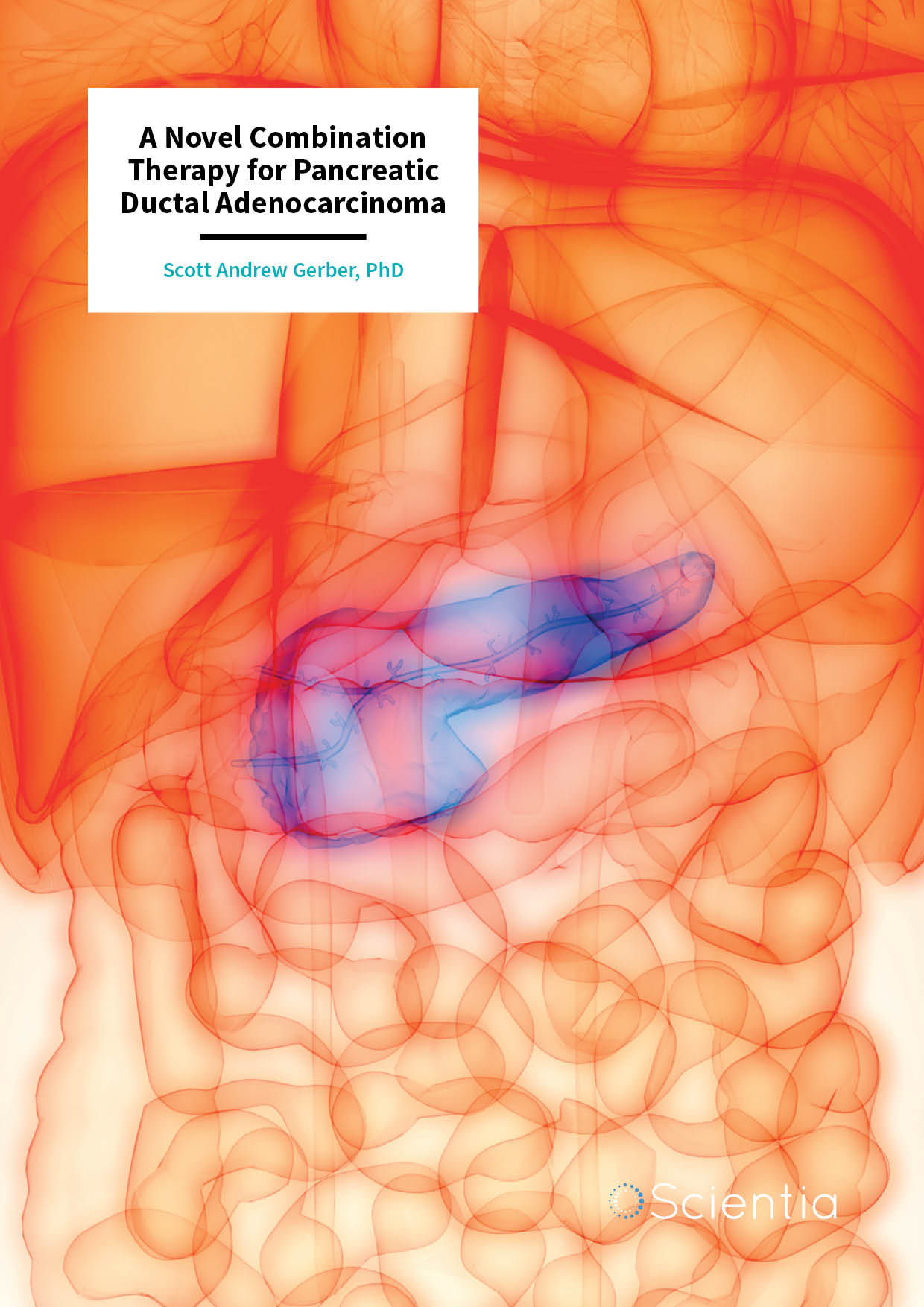
Dr Scott Gerber – A Novel Combination Therapy for Pancreatic Ductal Adenocarcinoma
Pancreatic ductal adenocarcinoma (PDA) is an aggressive type of cancer. It is relatively common and is one of the leading causes of cancer mortality. Unfortunately, it is often detected only in the late stage of the disease and fails to respond to pre-surgical approaches, such as chemotherapy or radiotherapy, that are needed to shrink the tumour mass before surgical removal. Dr Scott Gerber at the University of Rochester Medical Center, USA, is working with colleagues to develop a novel combined therapy to overcome this issue and increase the survival of PDA patients.
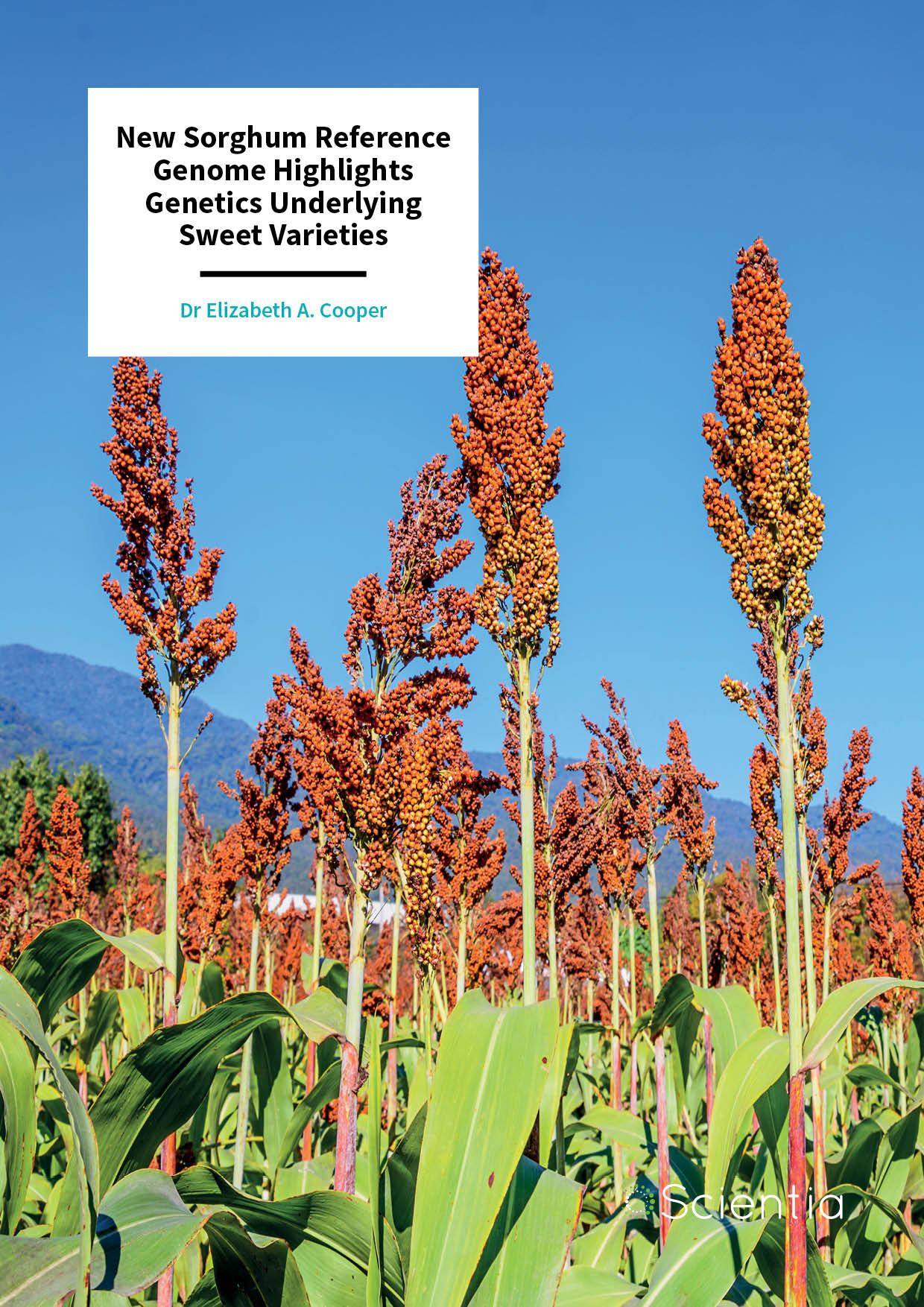
Dr Elizabeth A. Cooper – New Sorghum Reference Genome Highlights Genetics Underlying Sweet Varieties
Sorghum is a staple crop in many regions of the world. As such, this versatile plant has been selectively bred into a number of cultivars, including sweet varieties predominantly used for forage, silage, sweet syrup and bioenergy production. Dr Elizabeth A. Cooper and her team at the University of North Carolina at Charlotte generated a full reference genome for the sweet sorghum cultivar ‘Rio’ with the aim of understanding the genetics underlying the differences between grain and sweet cultivars. Their research could provide a vital tool for biologists and breeders to improve sweet sorghum lineages.
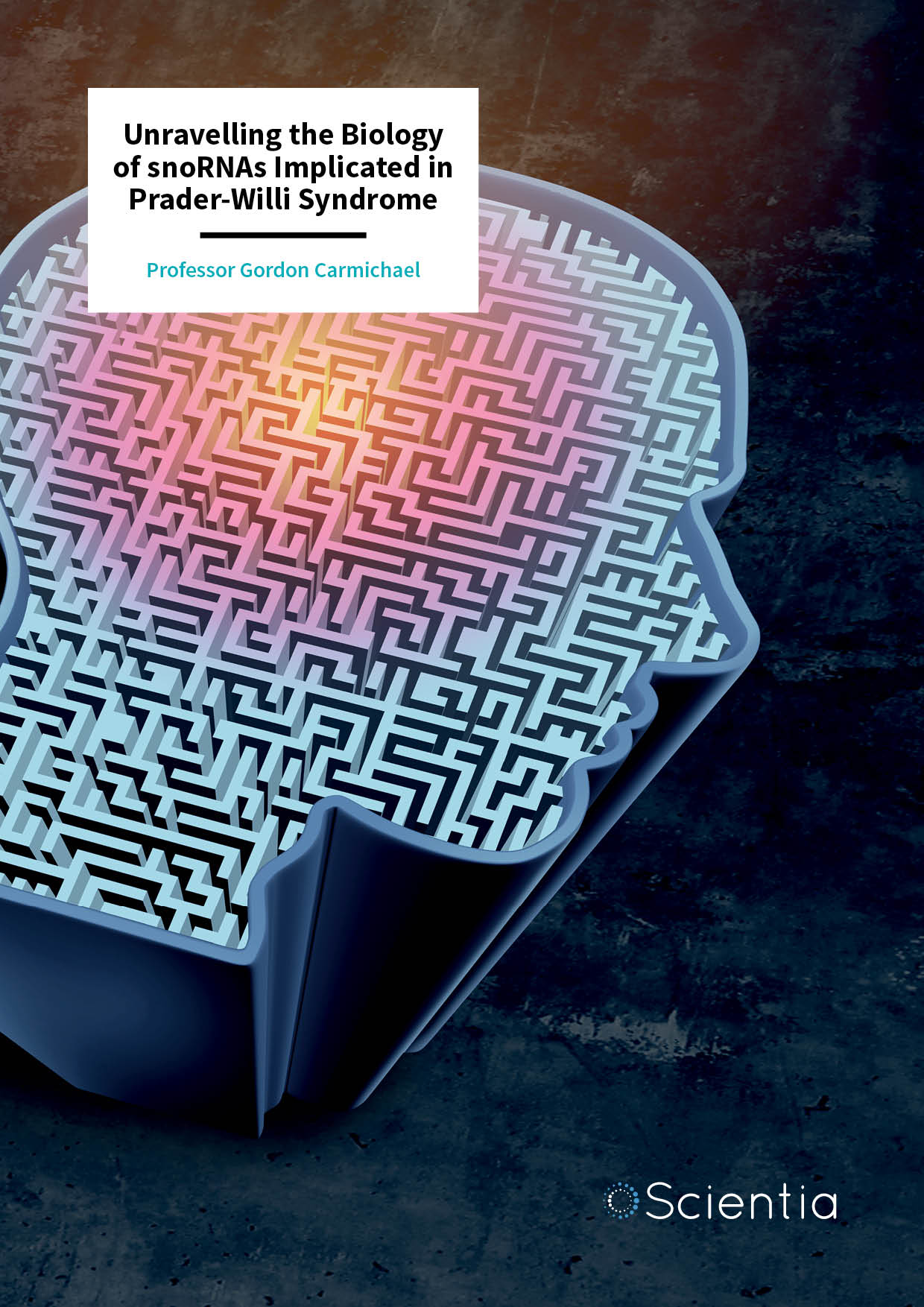
Professor Gordon Carmichael – Unravelling the Biology of snoRNAs Implicated in Prader-Willi Syndrome
Prader-Willi Syndrome is a rare genetic neurodevelopmental disorder that gives rise to a vast array of symptoms which affect the individual from birth. There is currently no cure for Prader-Willi Syndrome. Professor Gordon Carmichael and his team from the Department of Genetics and Genome Sciences at the University of Connecticut Health Centre, USA, believe it is crucial to understand the affected chromosome 15 region to unravel the pathogenesis of Prader-Willi Syndrome and his team are making significant strides towards achieving this goal.
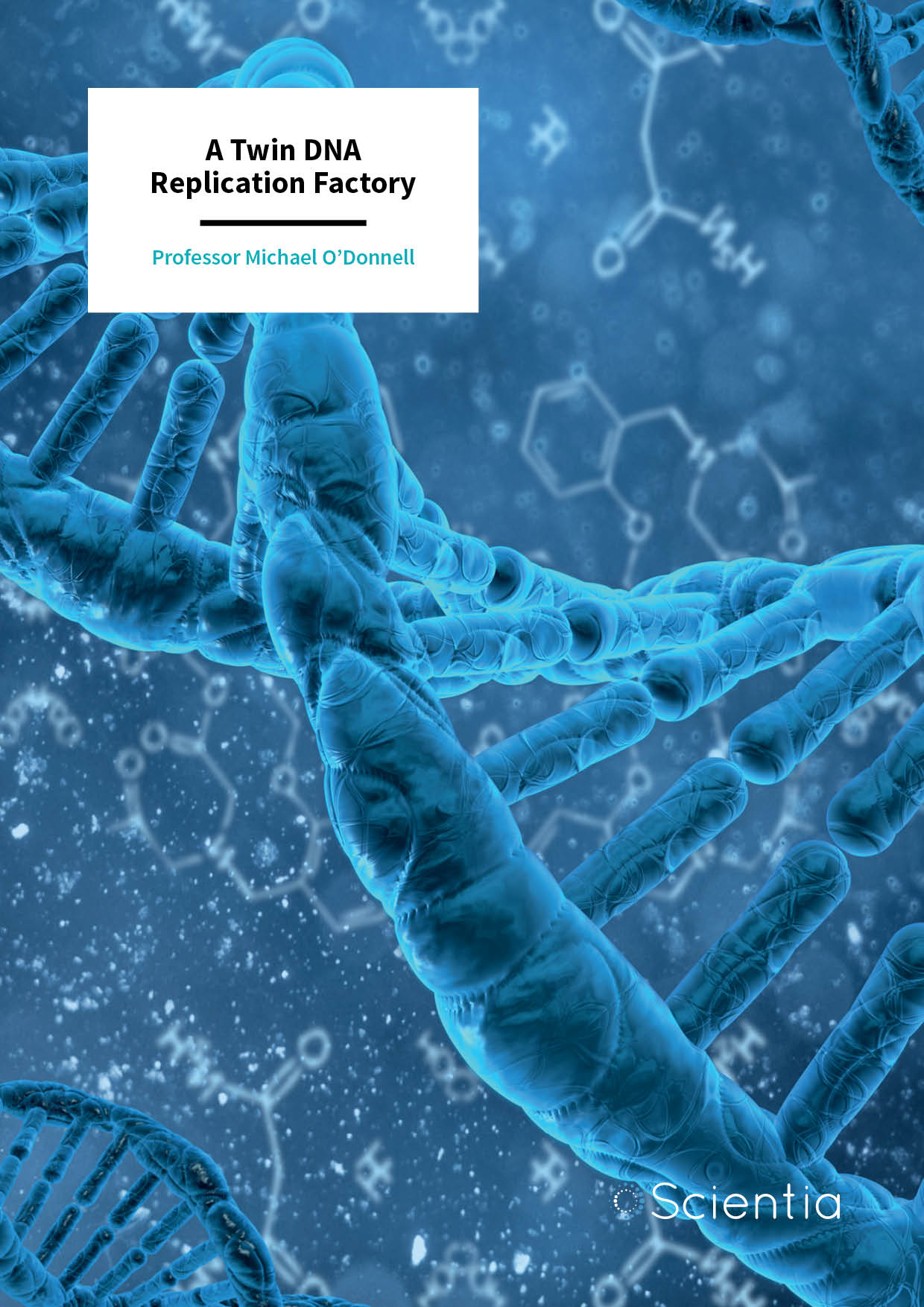
Professor Michael O’Donnell – A Twin DNA Replication Factory
For life on Earth to grow, its genetic material must be copied and reproduced in a process known as DNA replication. Professor Michael O’Donnell, head of the Rockefeller University’s DNA replication laboratory, has devoted his over 30-year career to the study of the protein complex that is responsible for just that – the replisome. Recently, Professor O’Donnell and his team uncovered exciting insights into the function of this remarkable piece of molecular machinery.
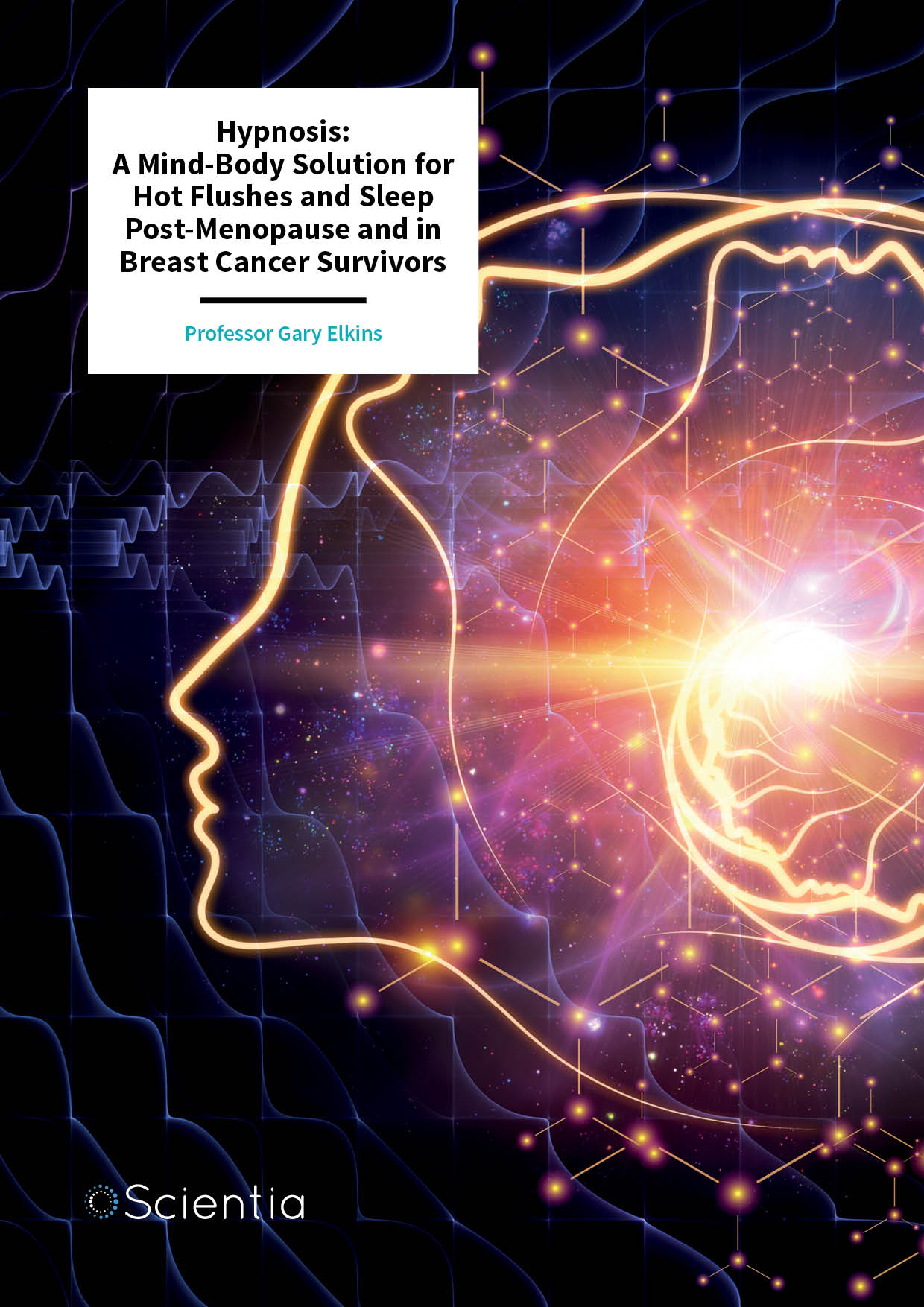
Professor Gary Elkins – Hypnosis: A Mind-Body Solution for Hot Flushes and Sleep Post-Menopause and in Breast Cancer Survivors
Professor Gary Elkins at Baylor University, Texas, is a leading expert on complementary and integrative medicine and clinical hypnotherapy. Here, we review his extensive contribution to science in the field of innovative mind-body interventions for symptoms associated with breast cancer and menopause (including the symptoms of hot flushes, sleep, anxiety, quality of life), and women’s health care in general.
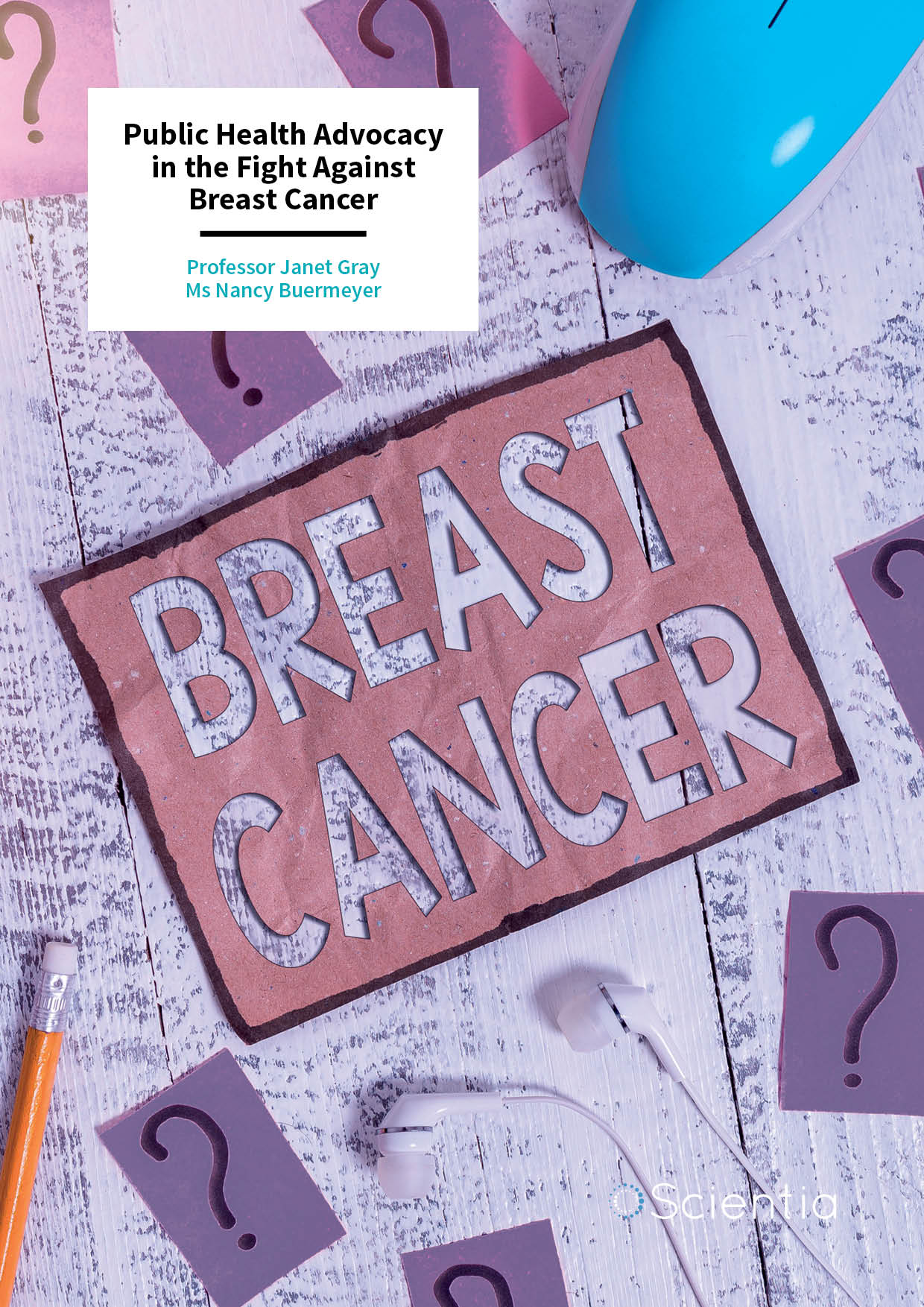
Professor Janet Gray | Nancy Buermeyer – Public Health Advocacy in the Fight Against Breast Cancer
Health advocacy is an often-overlooked part of the work of public health specialists, but in many ways, it can be argued to have the greatest long-term impact on the population’s health. Here we look at the impressive work of Professor Janet Gray (Vassar College) and Public Policy Strategist Ms Nancy Buermeyer, working with colleagues at Breast Cancer Prevention Partners, the leading USA science-based policy and advocacy organisation to focus on preventing breast cancer by eliminating exposure to toxic chemicals and radiation linked to the disease.
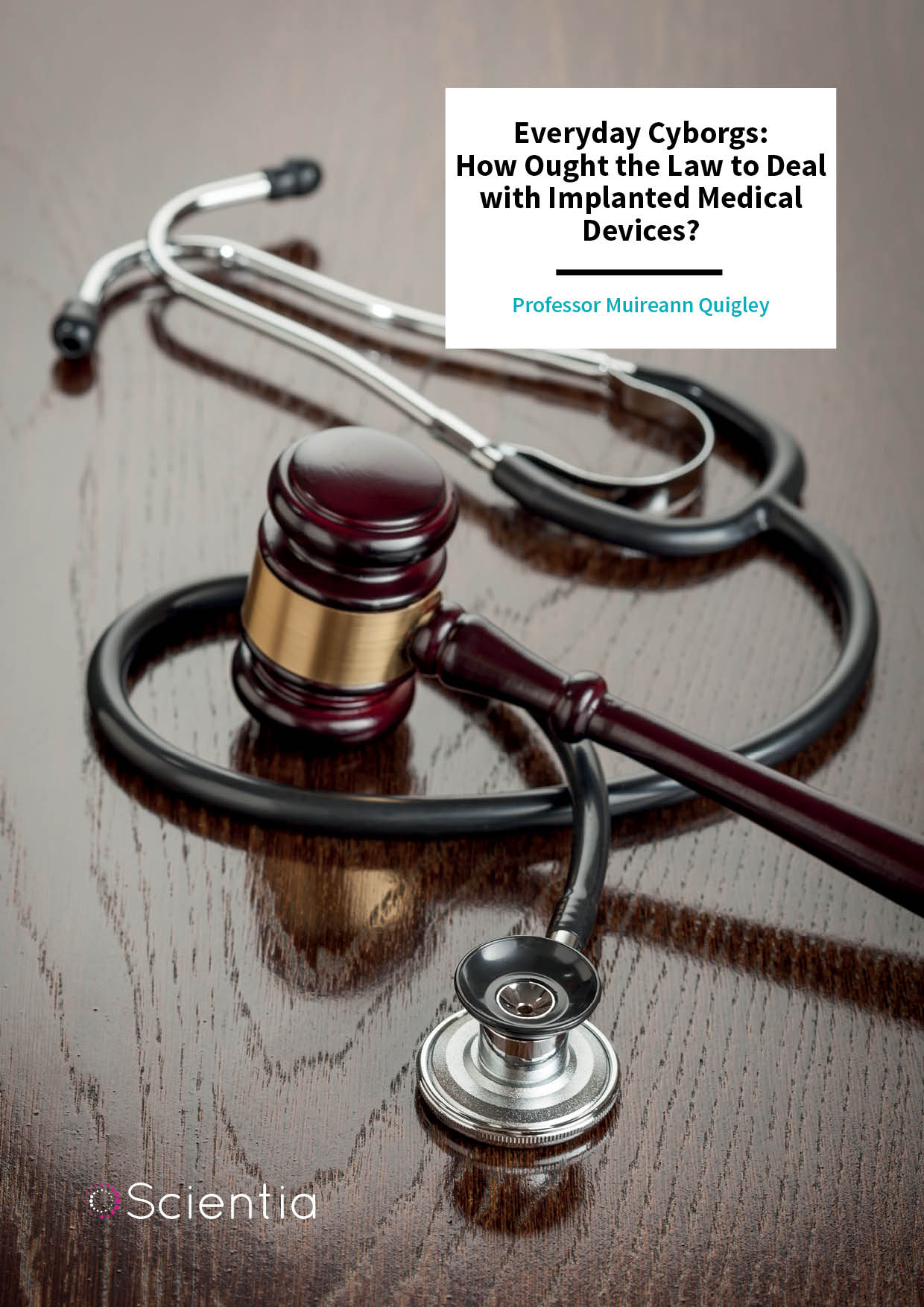
Professor Muireann Quigley – Everyday Cyborgs: How Ought the Law to Deal with Implanted Medical Devices?
Attached and implanted technologies are now part of everyday life for many millions of people. Yet as the capabilities of these devices have advanced rapidly in recent years, lawmakers have struggled to keep pace. Professor Muireann Quigley at the University of Birmingham believes that it is now more critical than ever that the law catches up with the technological and social change wrought by attached and implanted medical devices, especially ‘smart’ ones. Through the Everyday Cyborgs 2.0 and DIY Diabetes projects, she and her colleagues hope to bring law, regulation, and policy regarding these technologies into the 21st century.
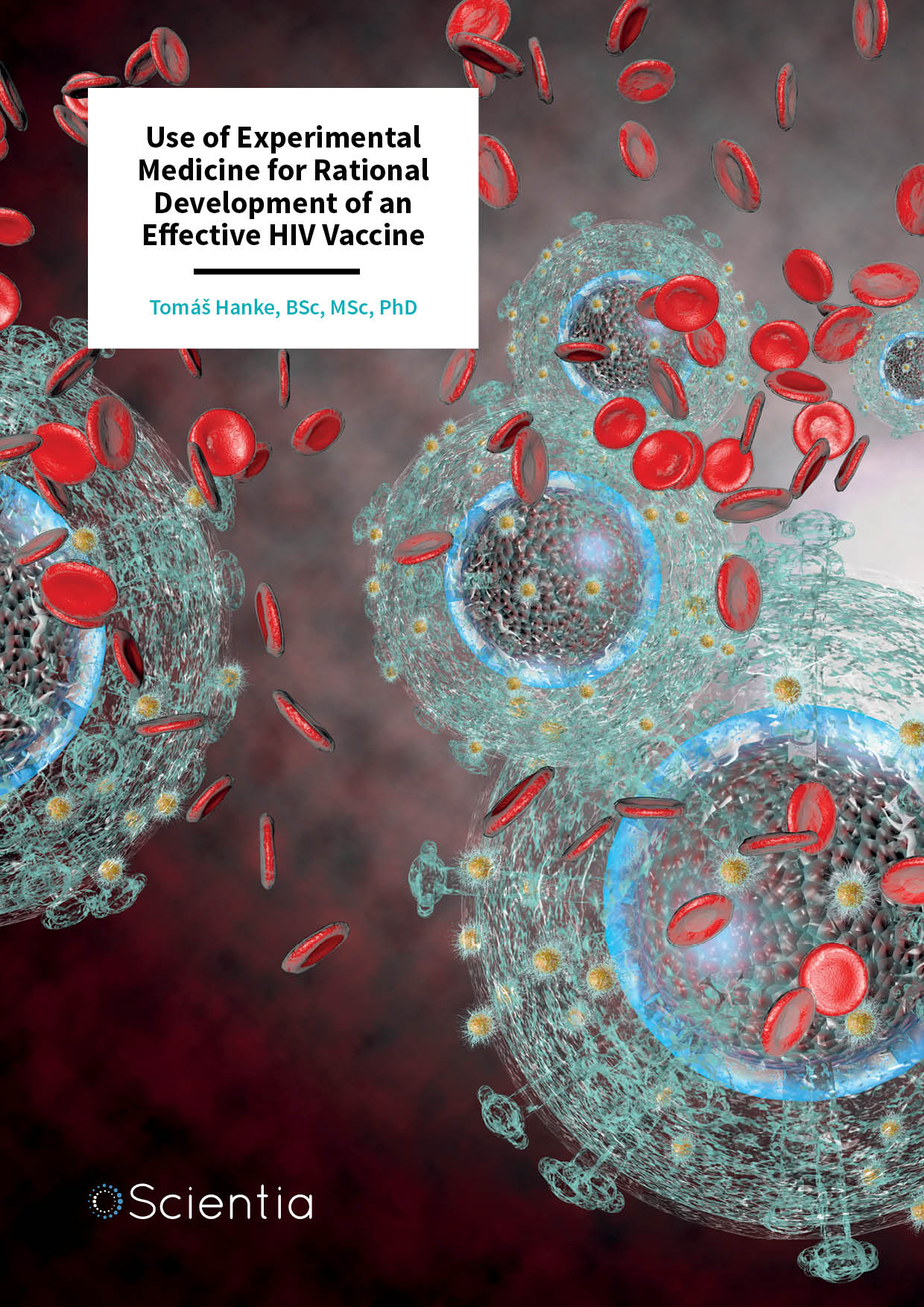
Professor Tomáš Hanke – Use of Experimental Medicine for Rational Development of an Effective HIV Vaccine
The UNAIDS estimates that 38 million people currently live with human immunodeficiency virus (HIV) infection. Combination antiretroviral treatment has had great success in saving lives but is also associated with numerous medical and public health challenges. Vaccination remains the best and most cost-effective option for controlling HIV infection across the world. Professor Tomáš Hanke jointly from the University of Oxford, UK, and Kumamoto University, Japan, designs vaccines and coordinates clinical programmes testing the most advanced vaccine candidates developed by his team in the UK, Europe, USA and Africa.
